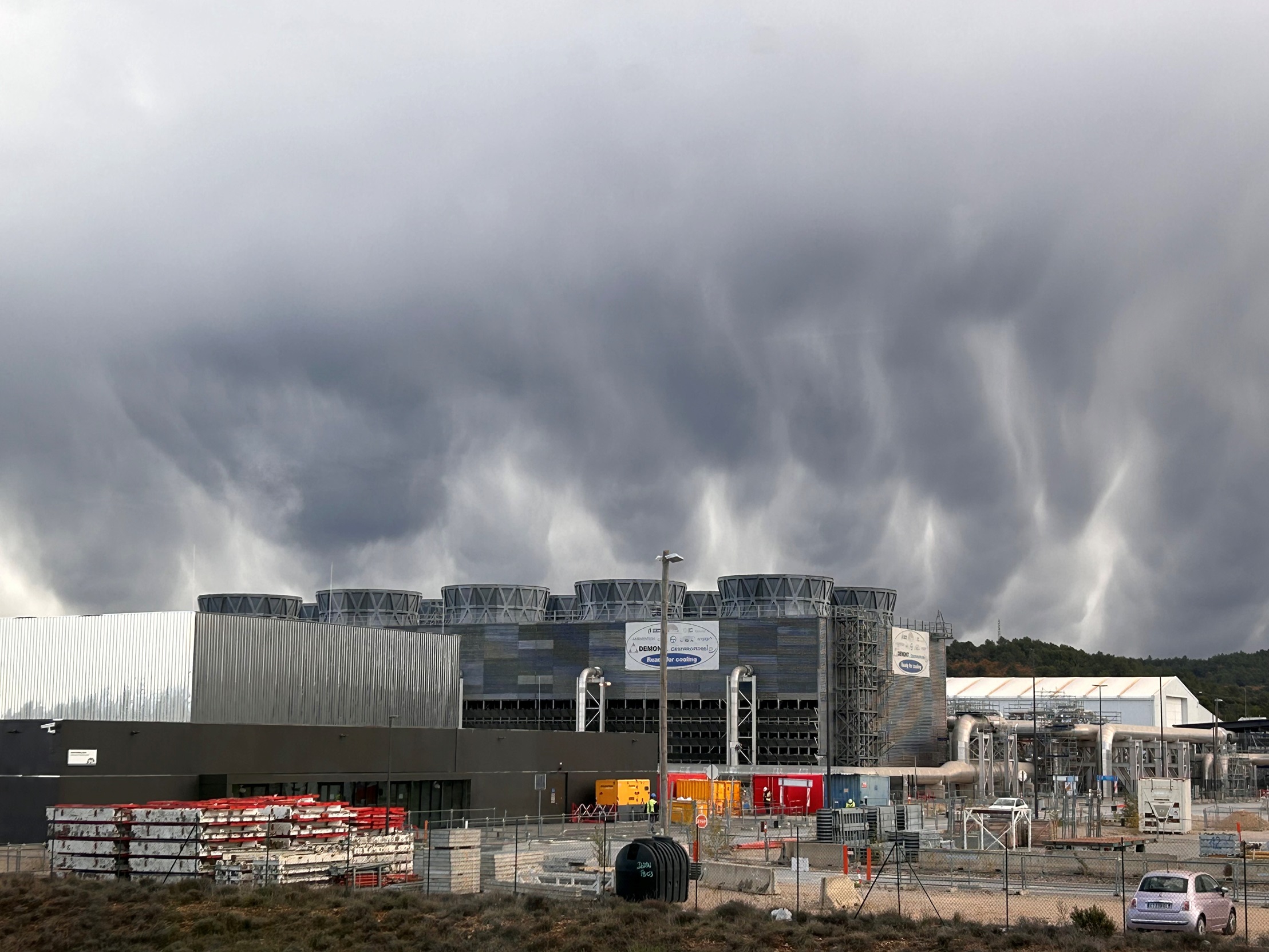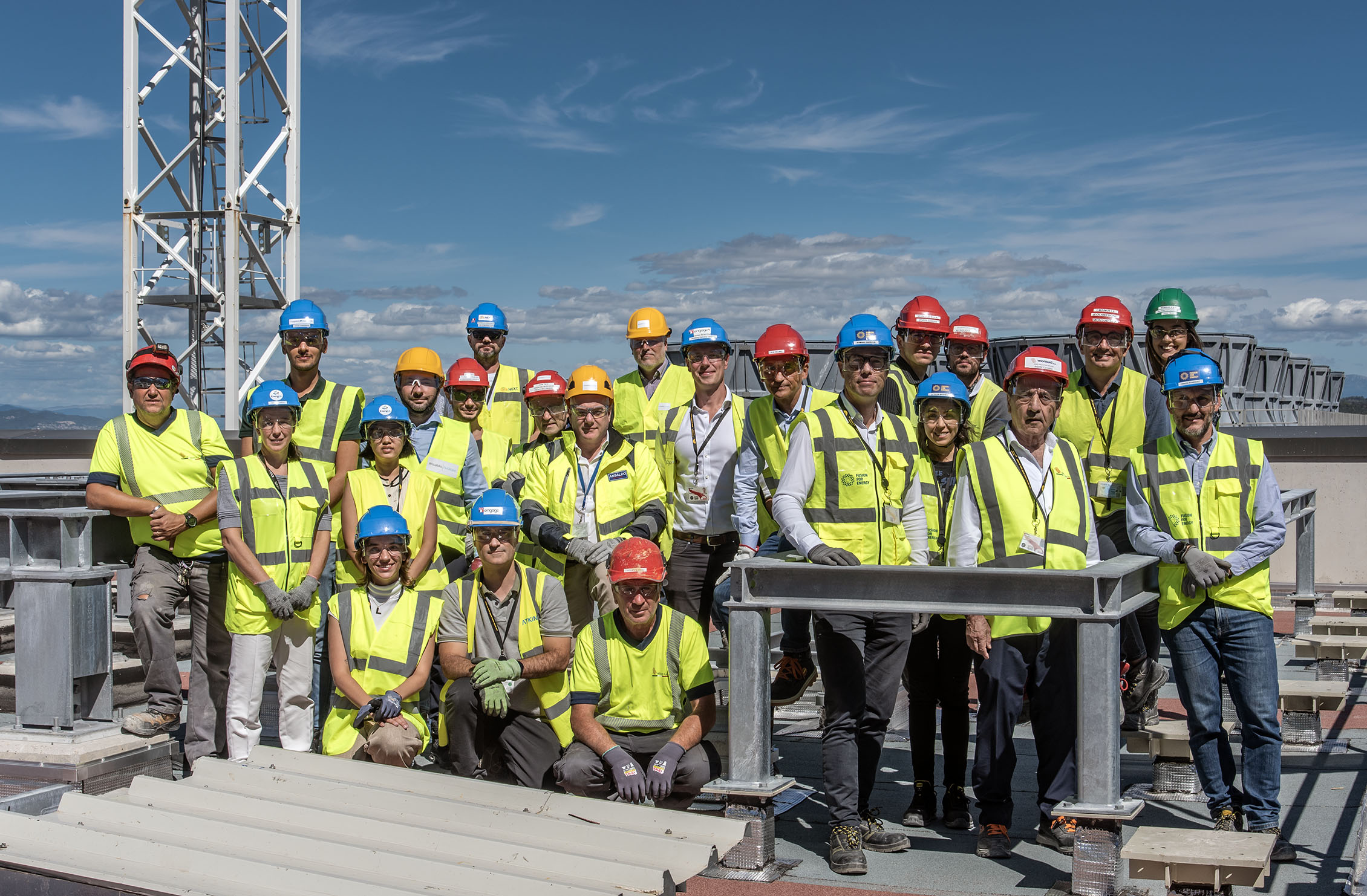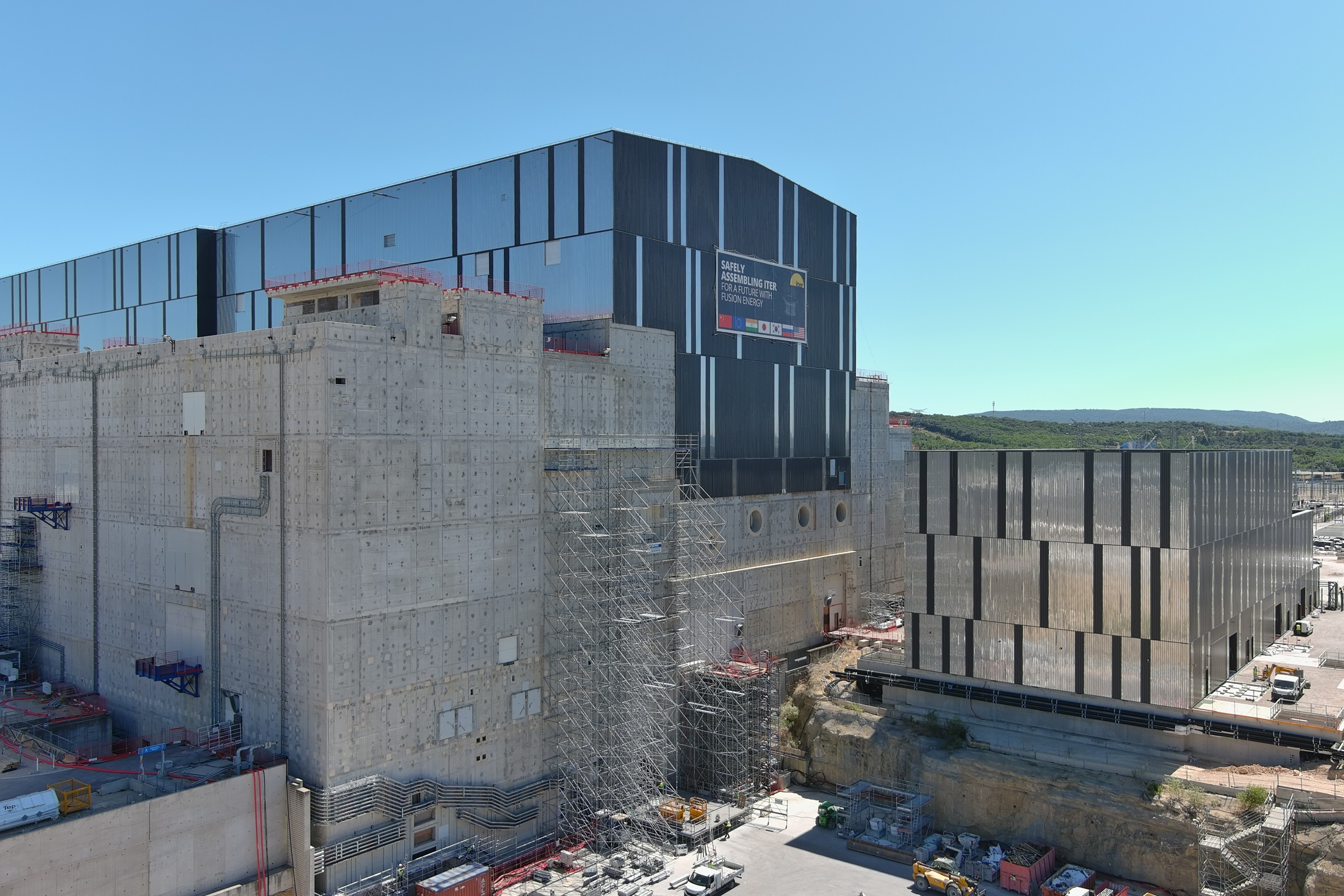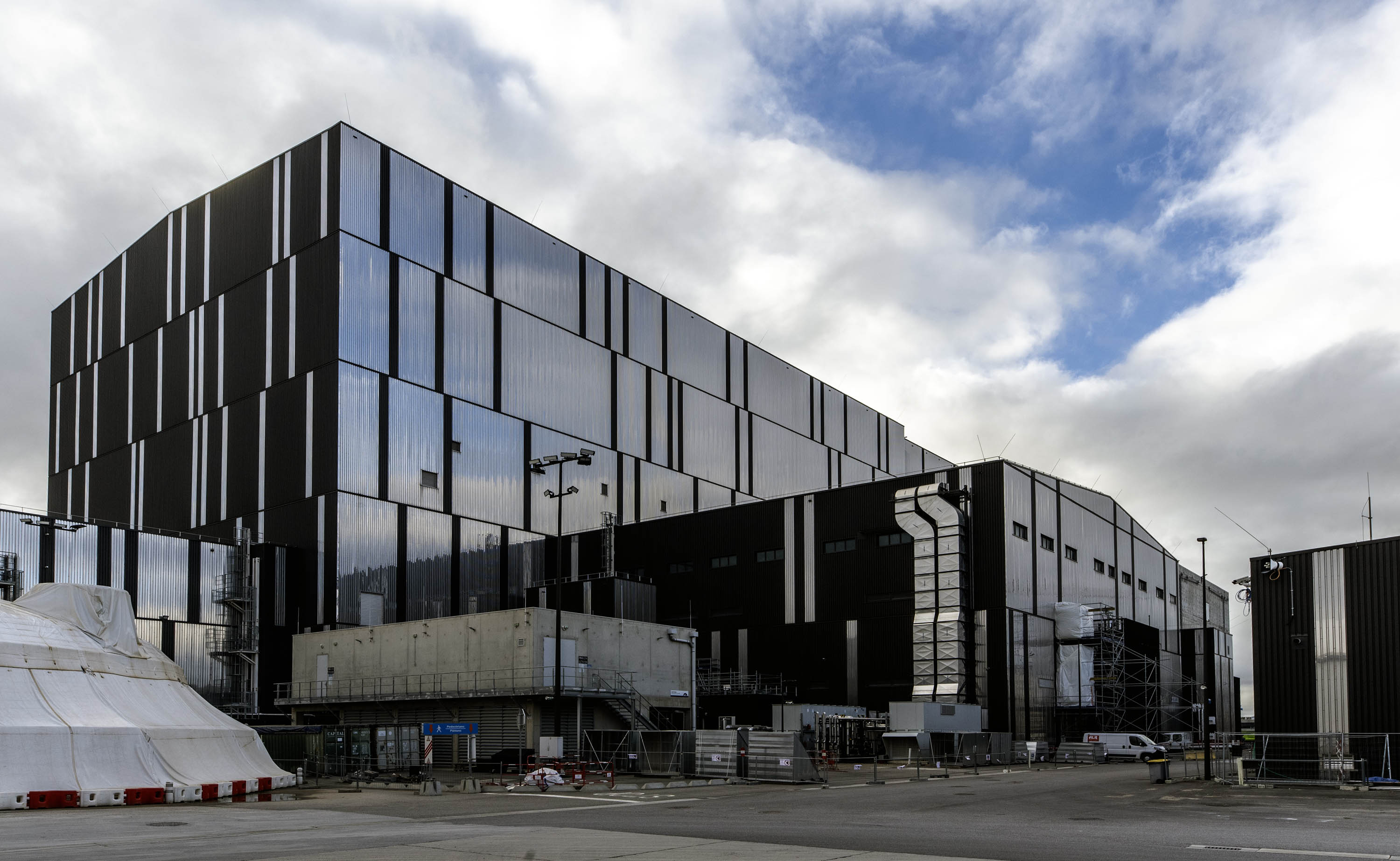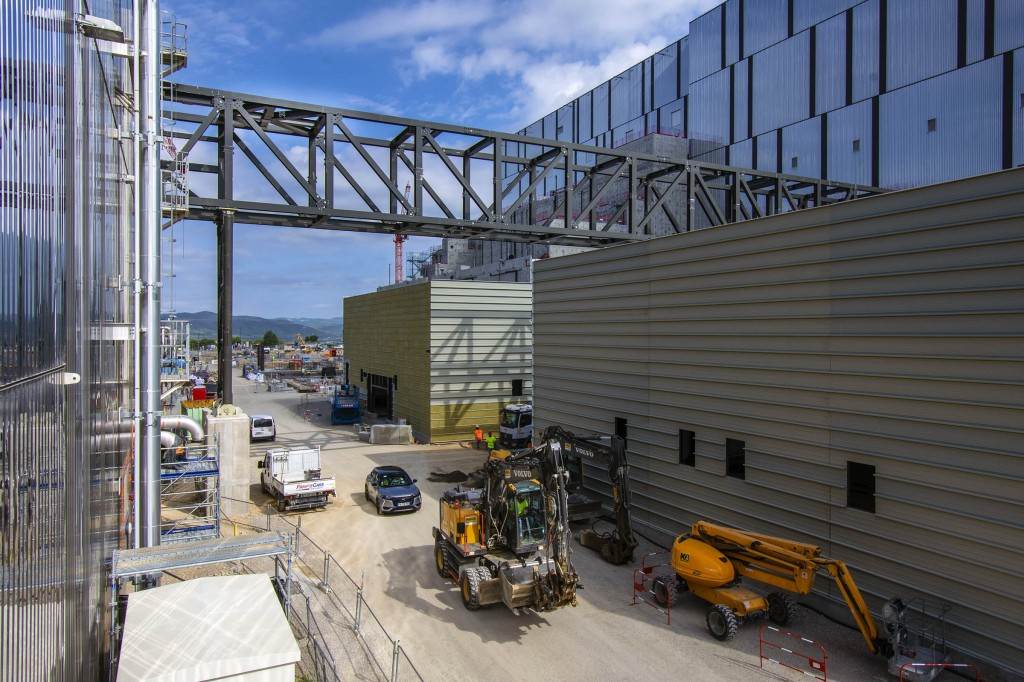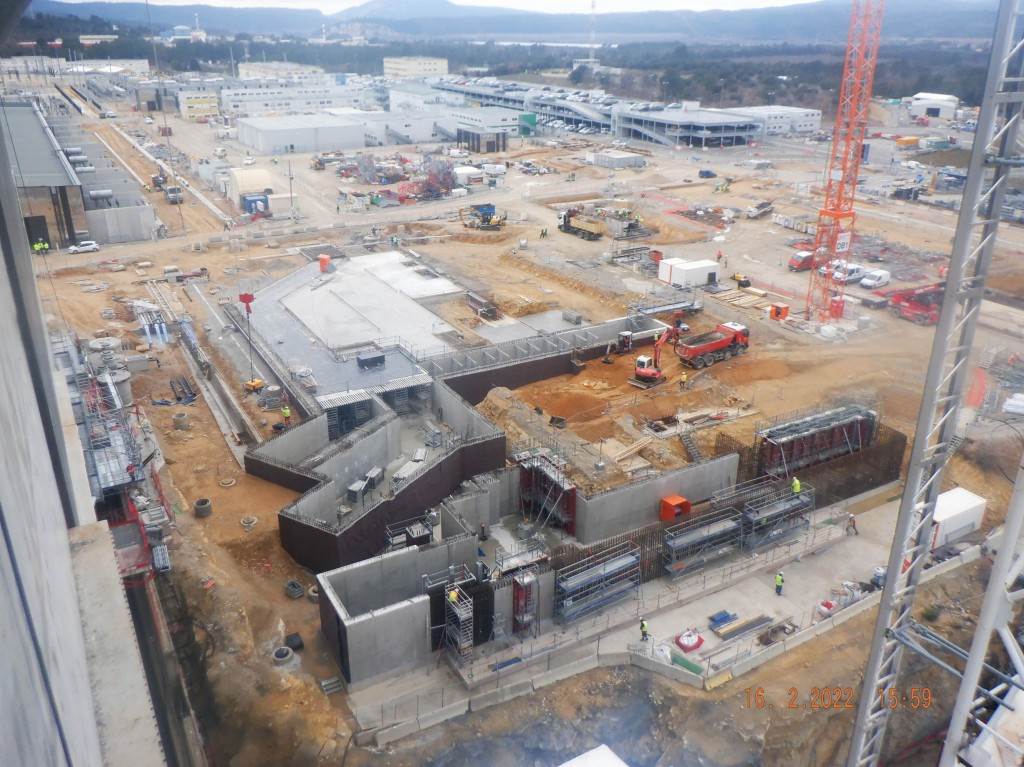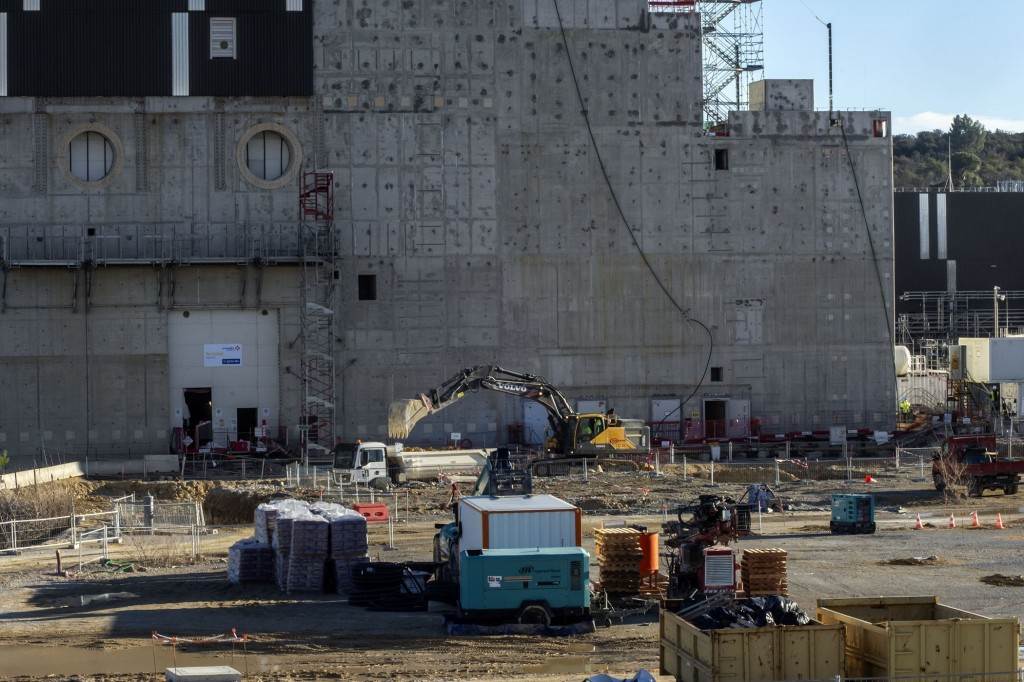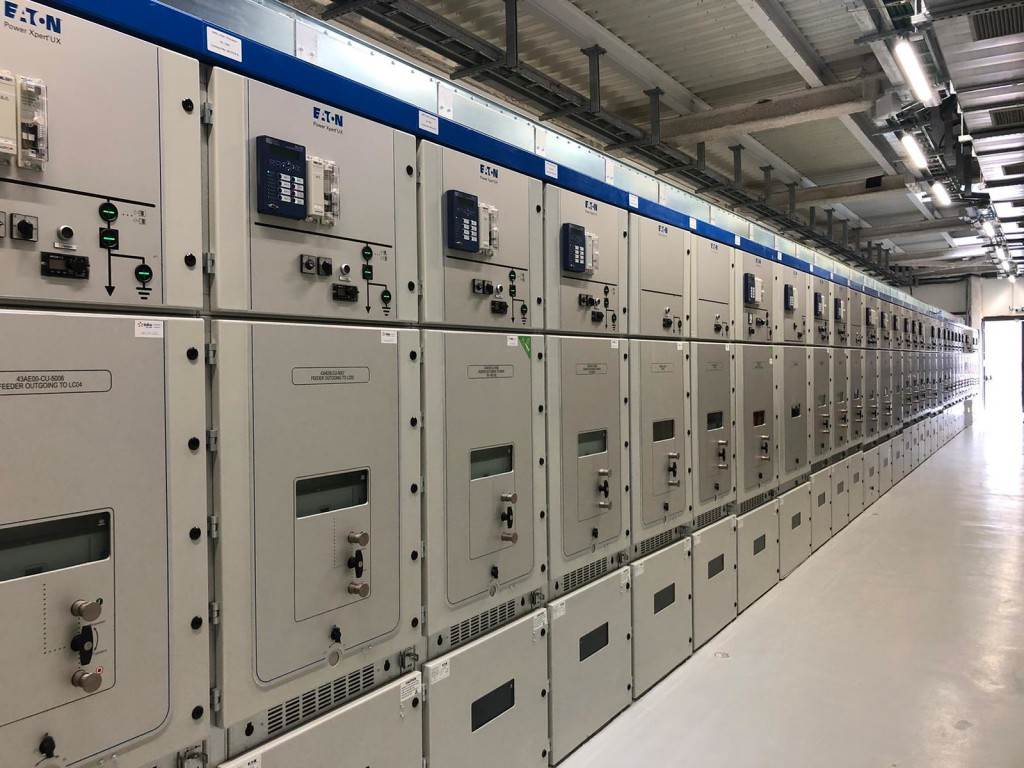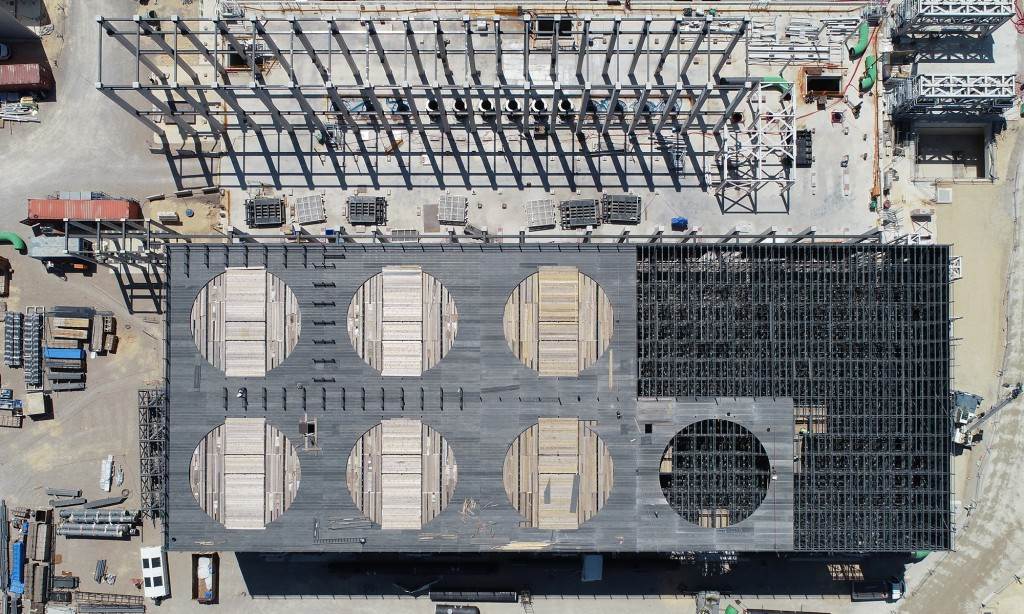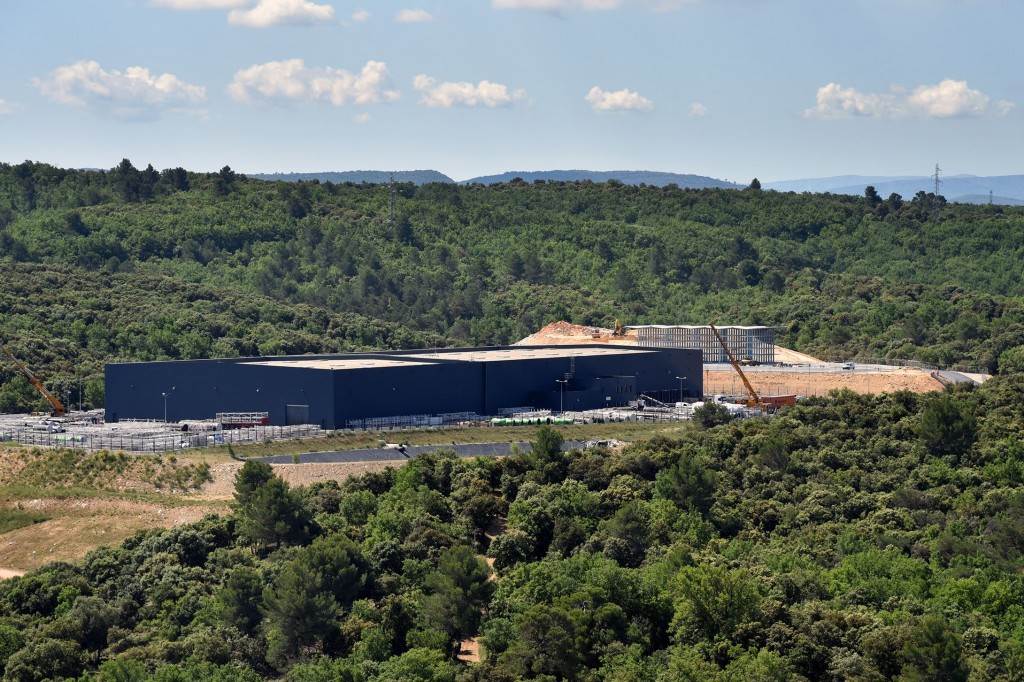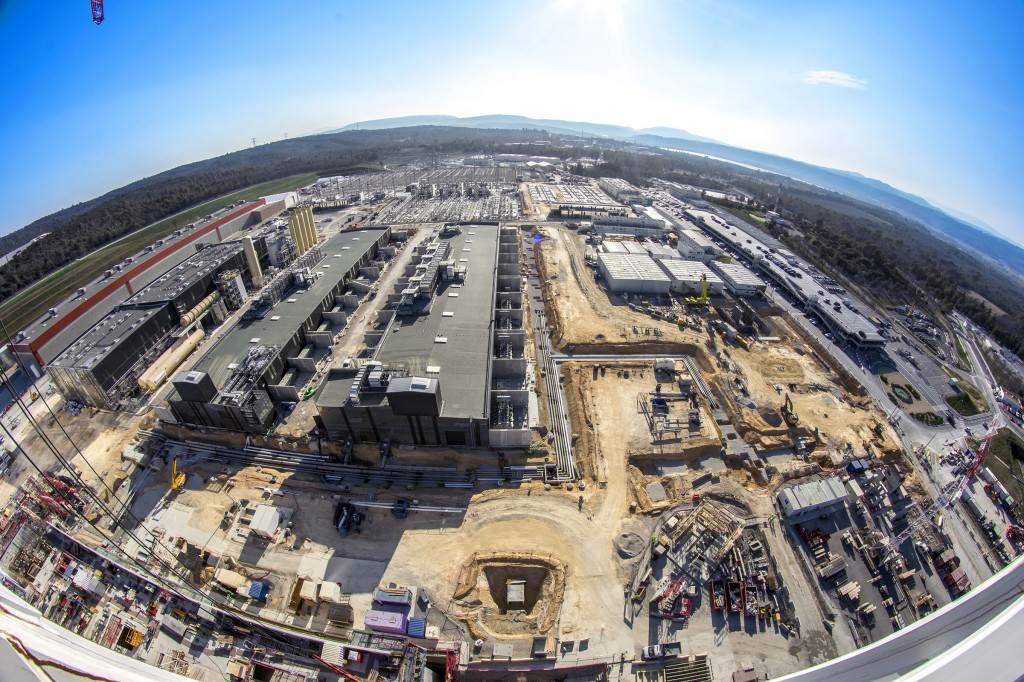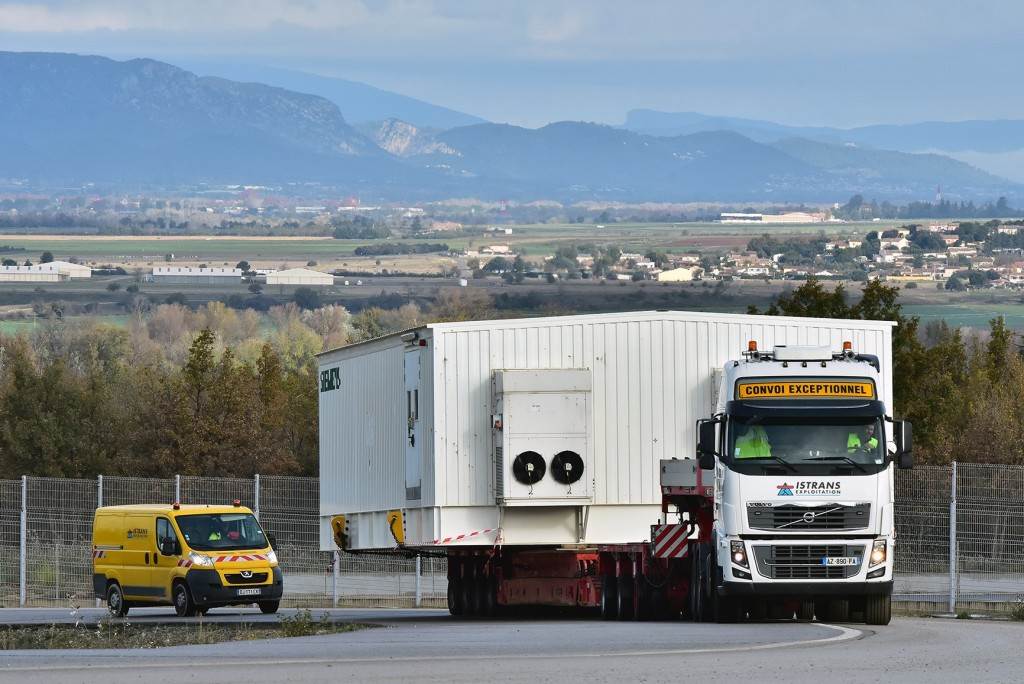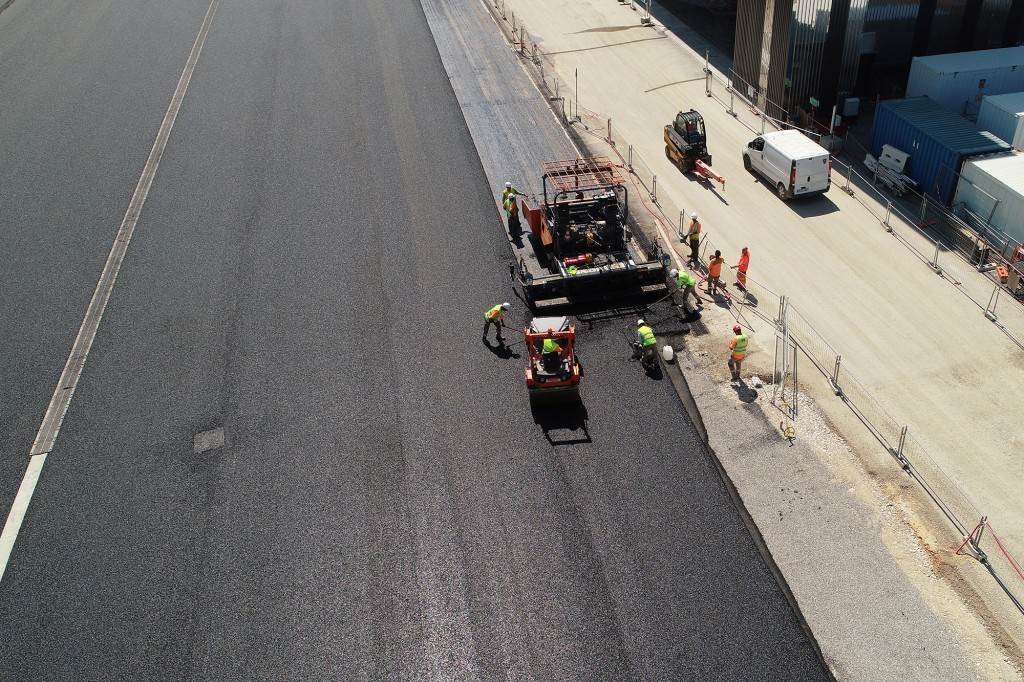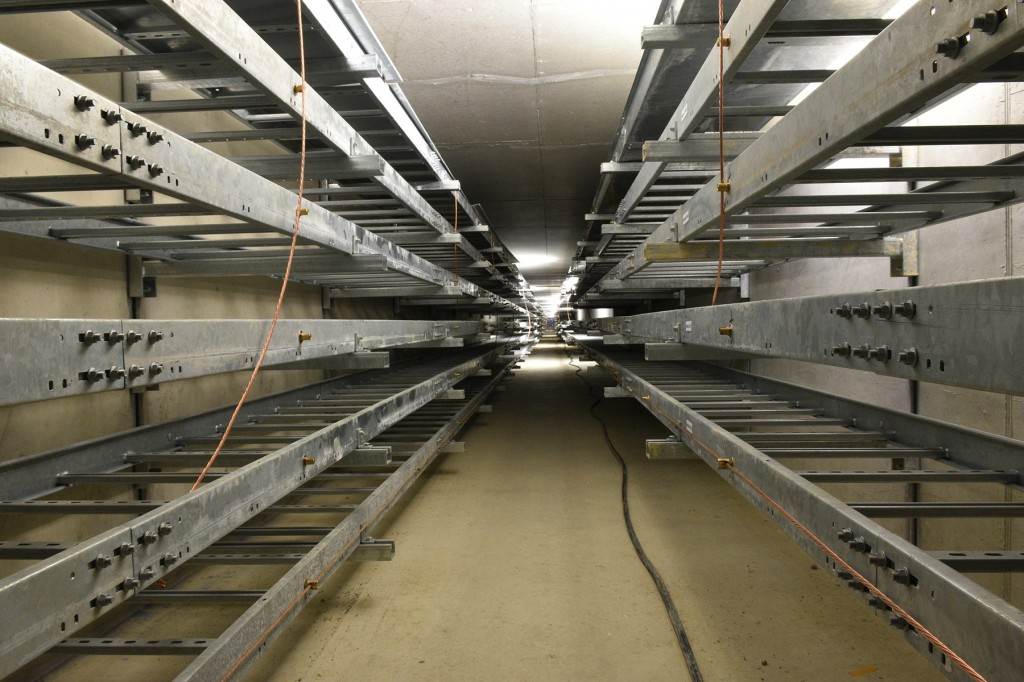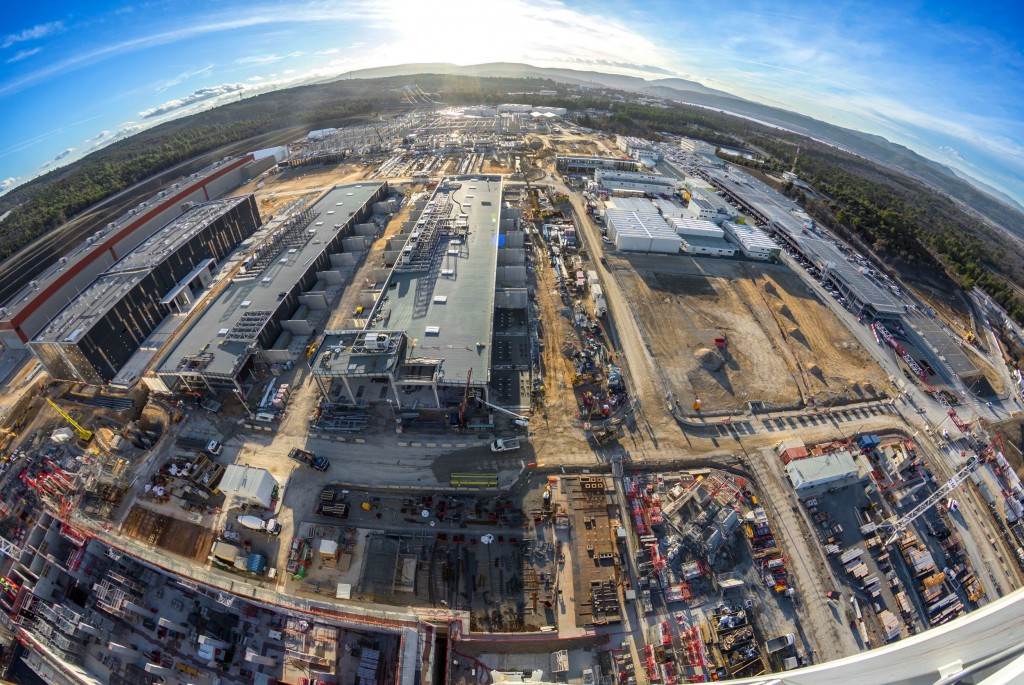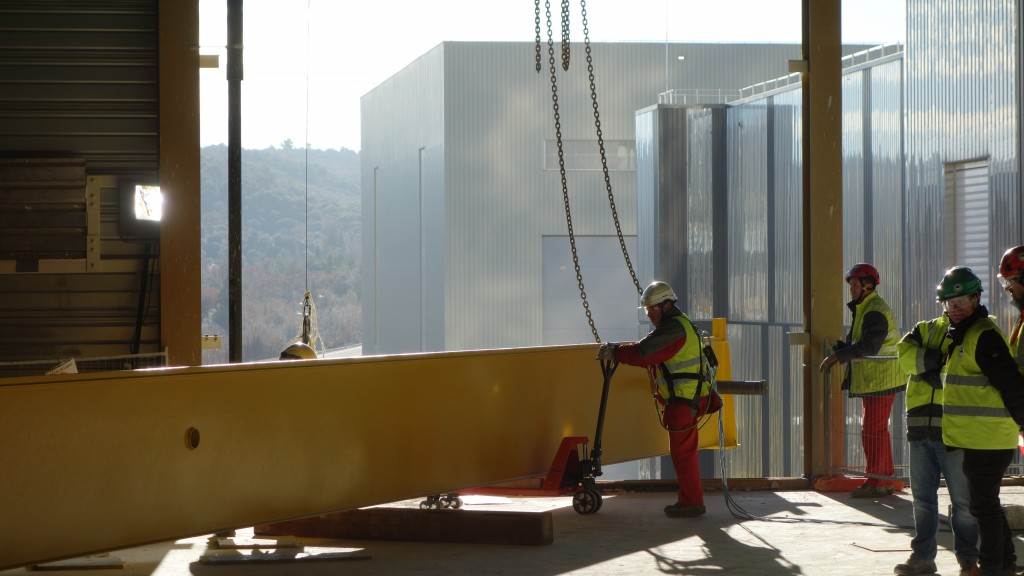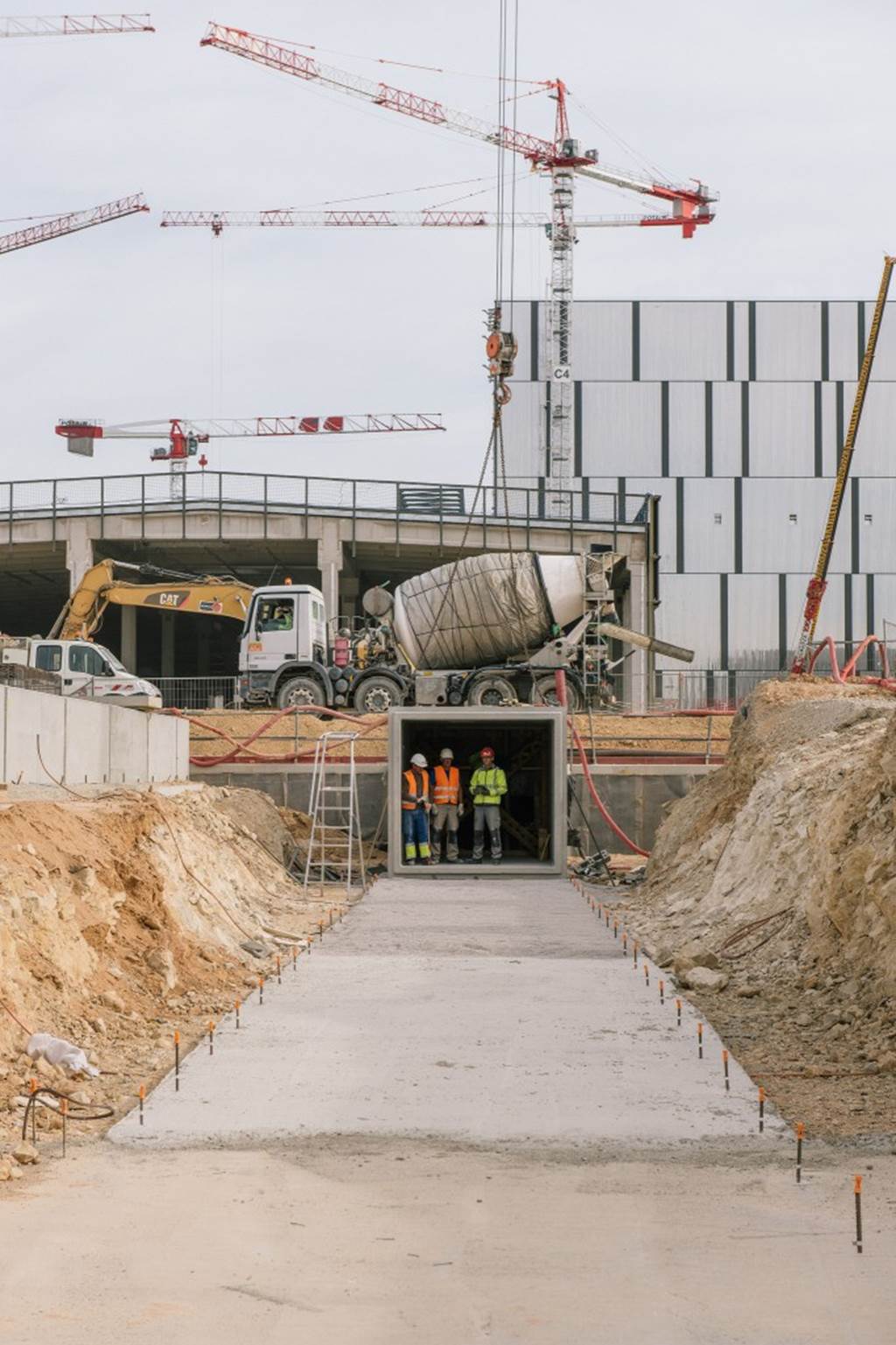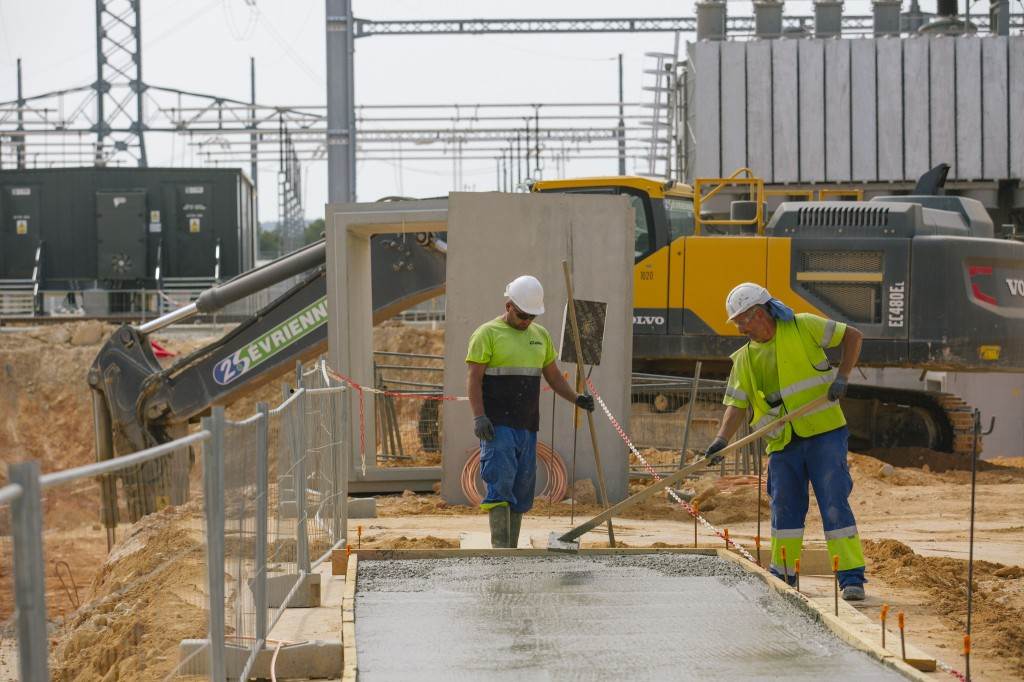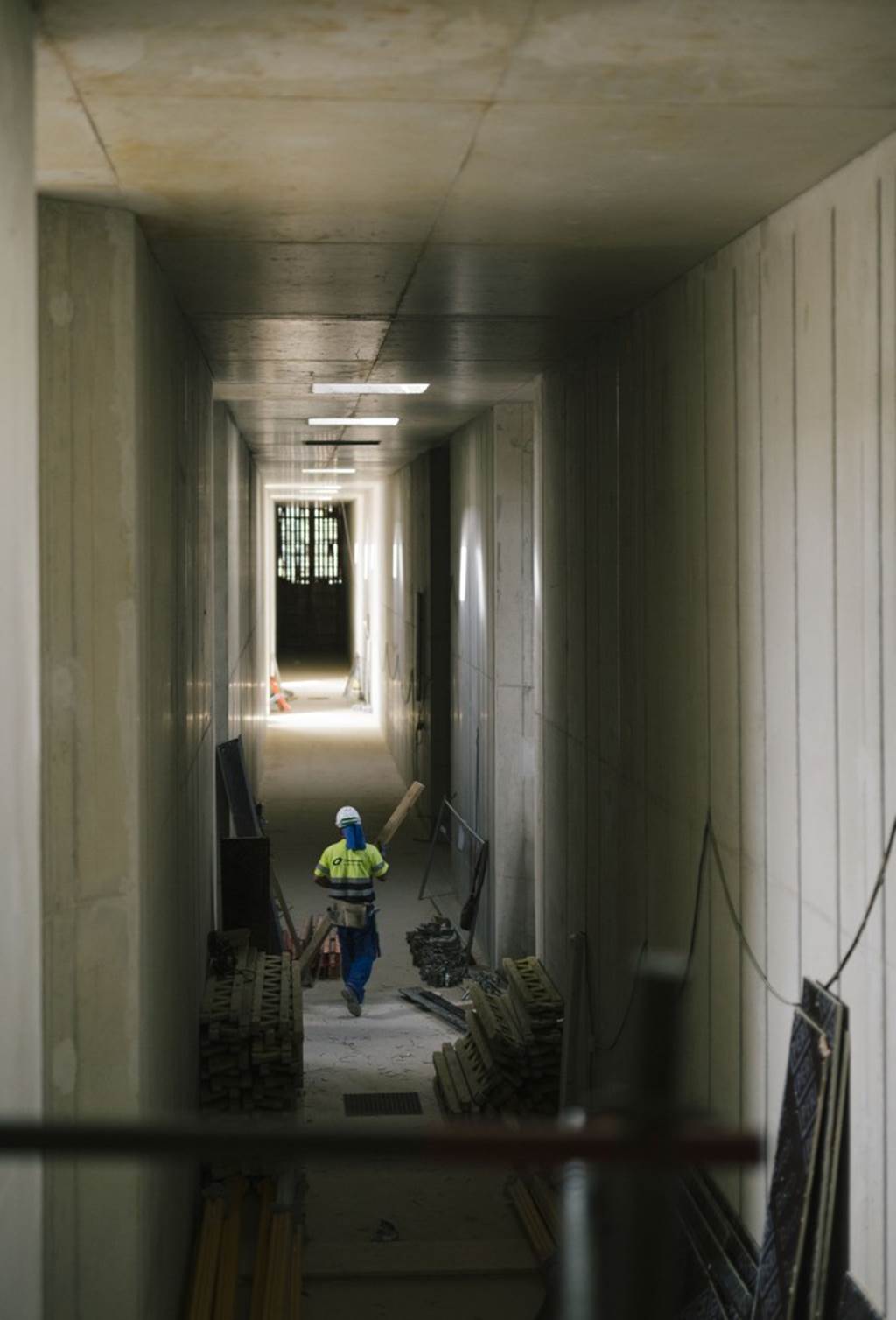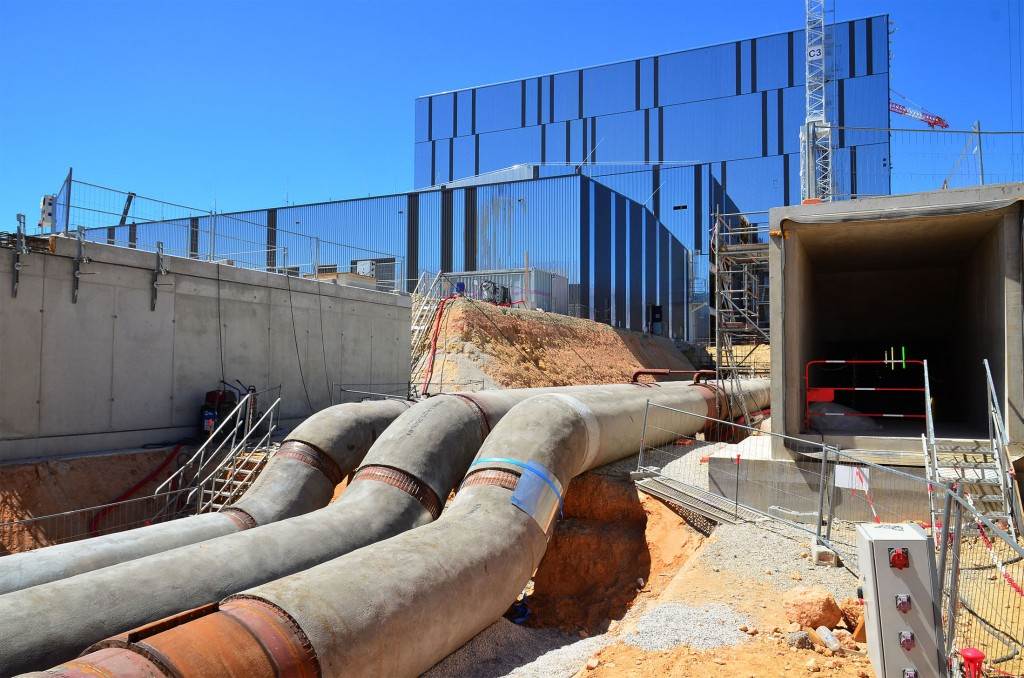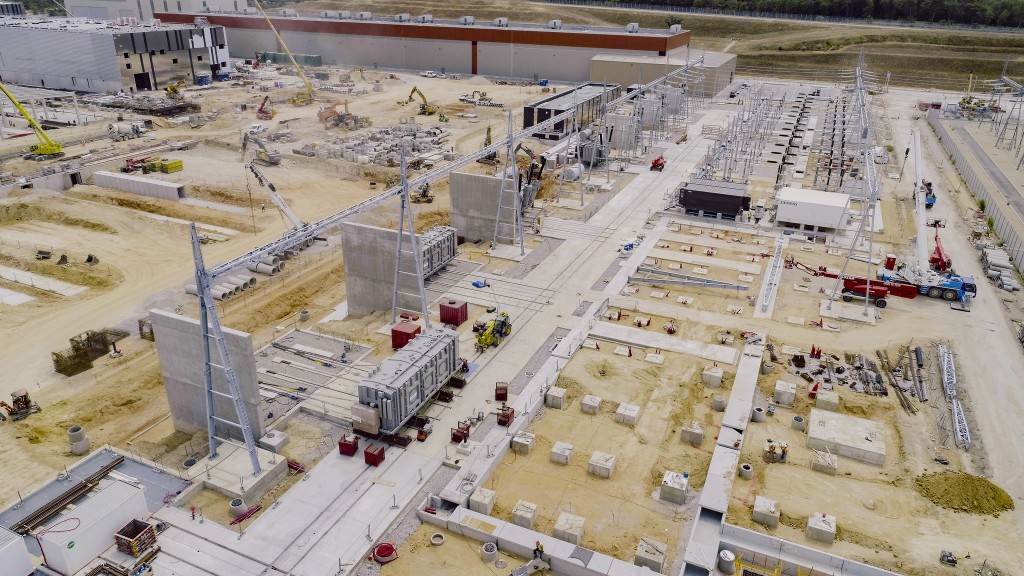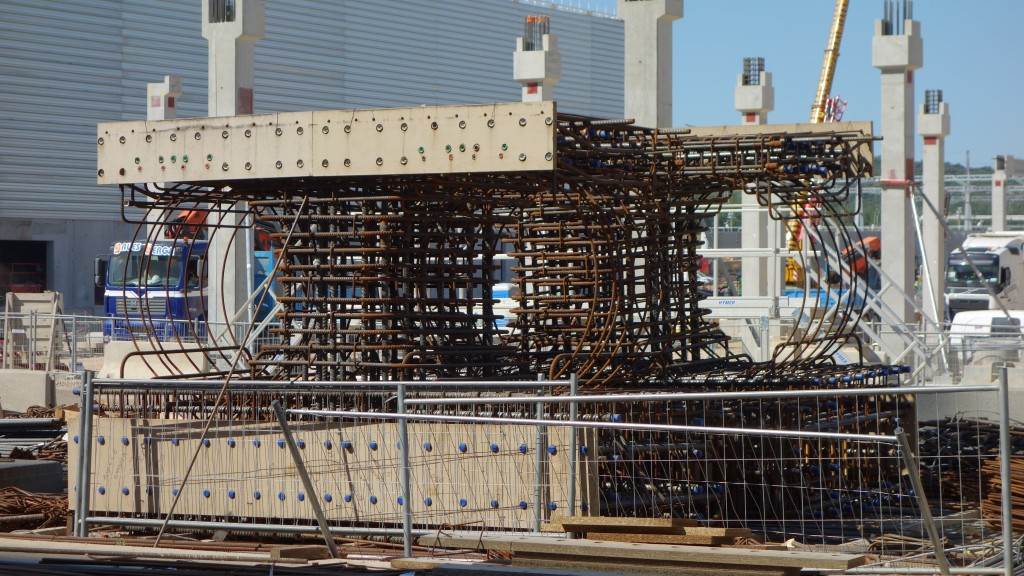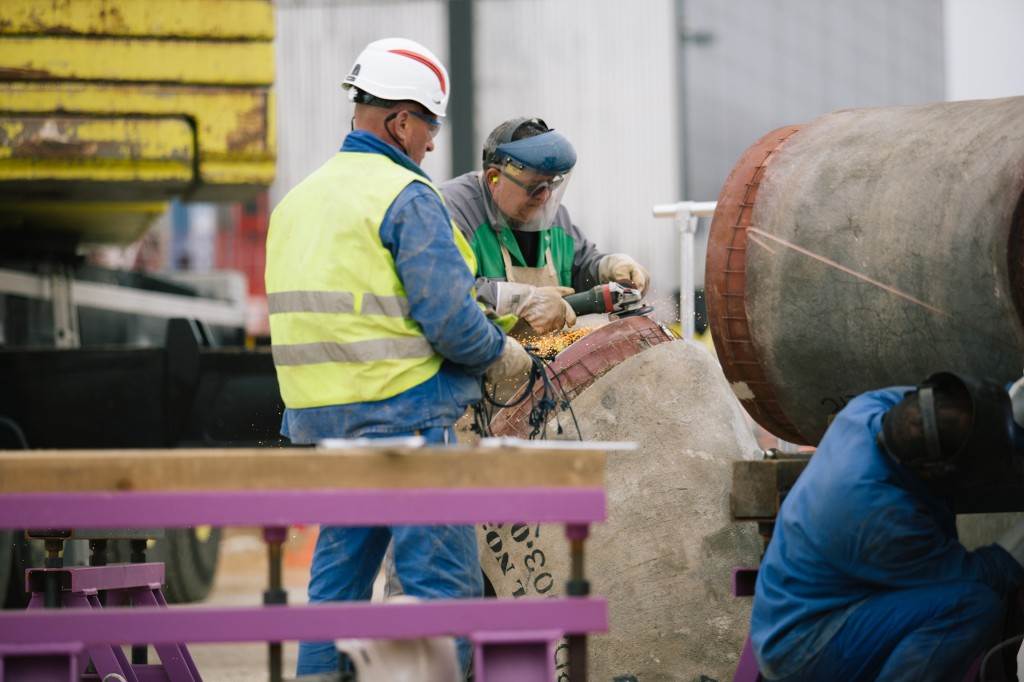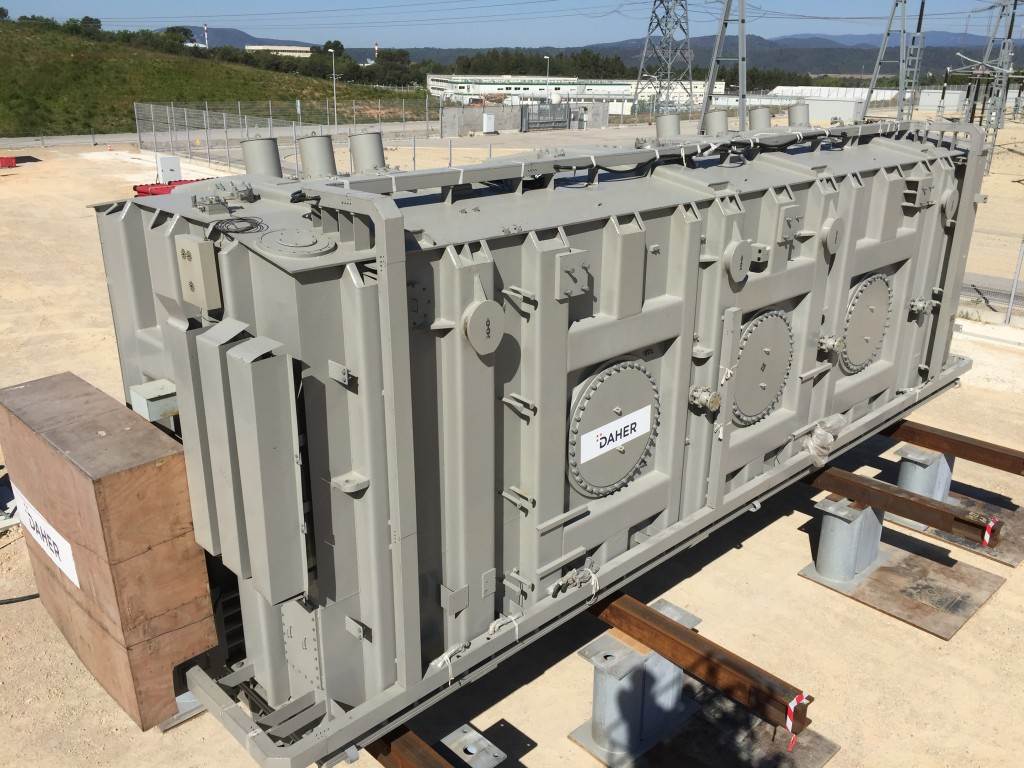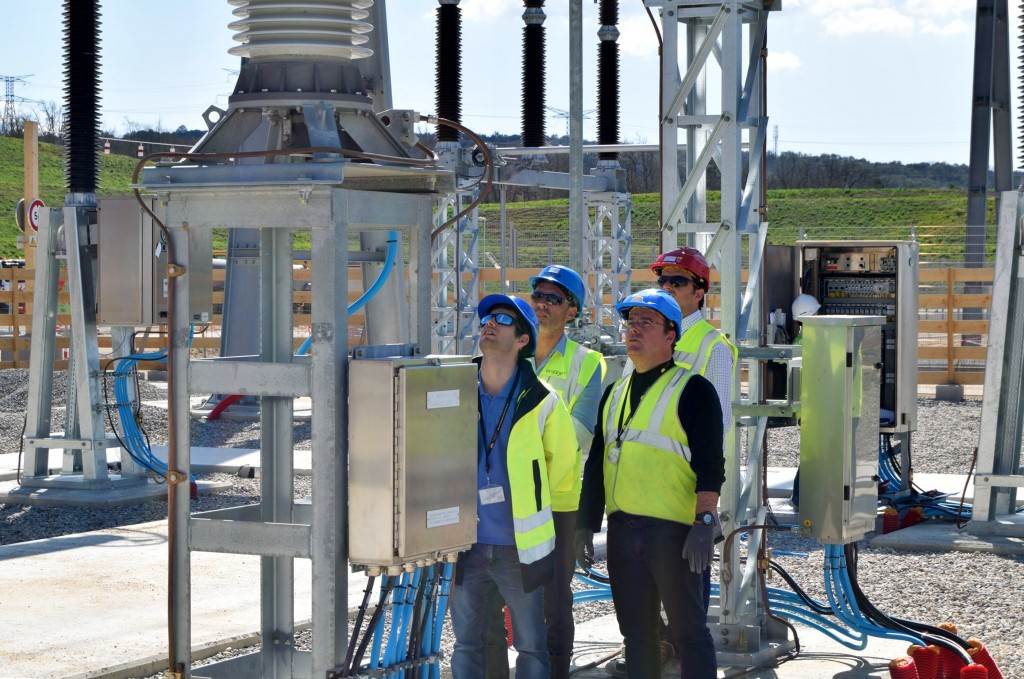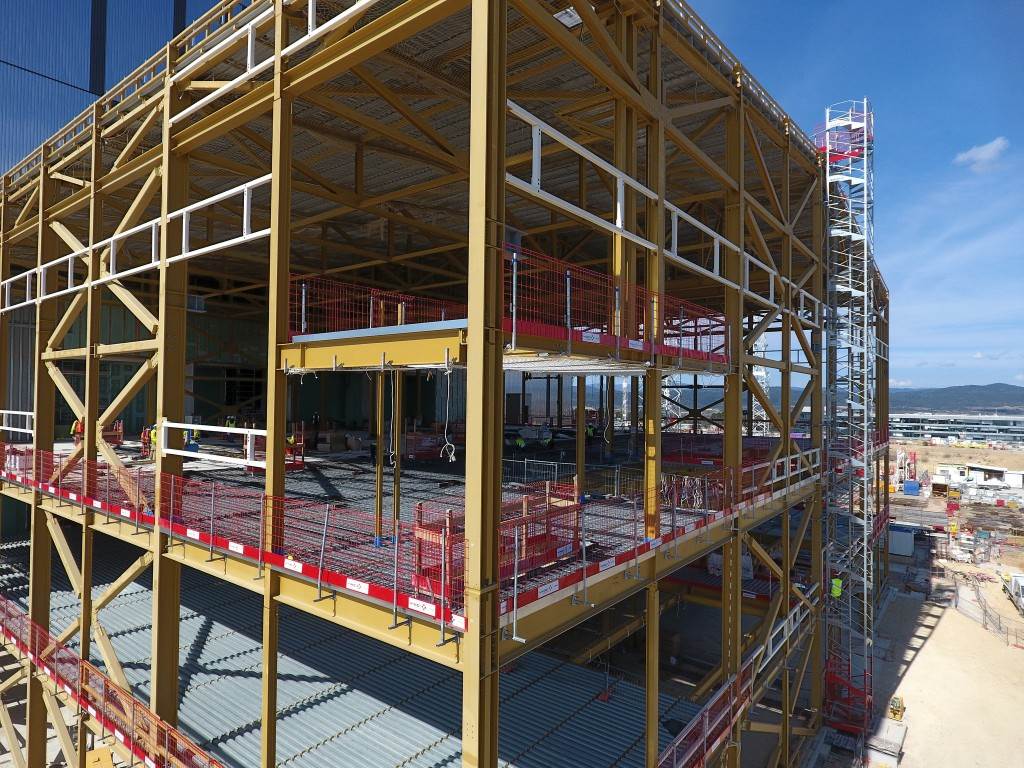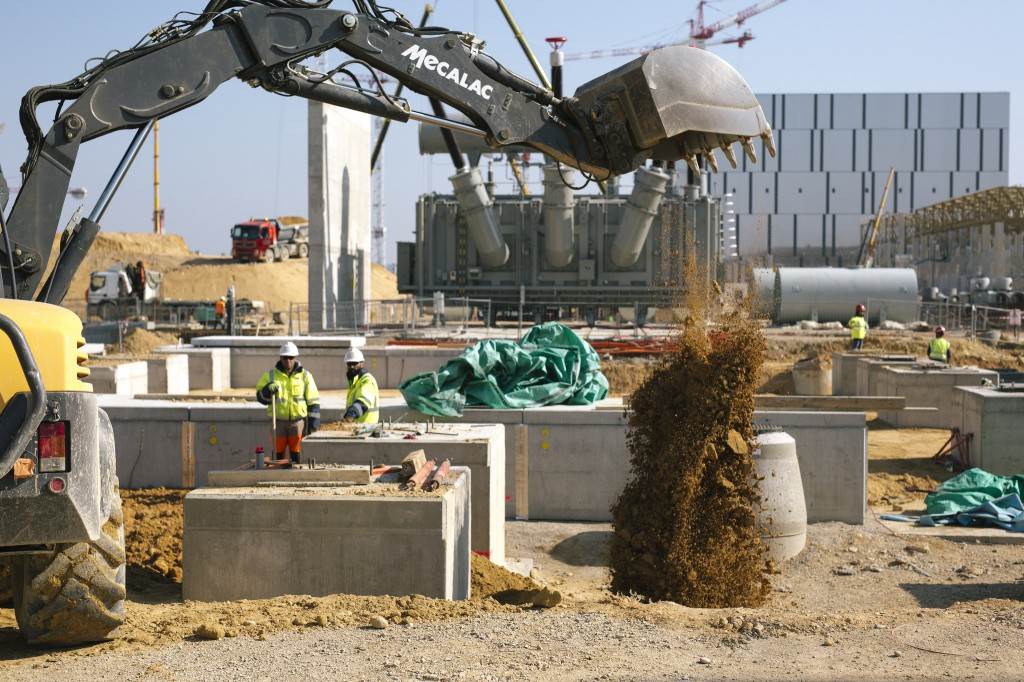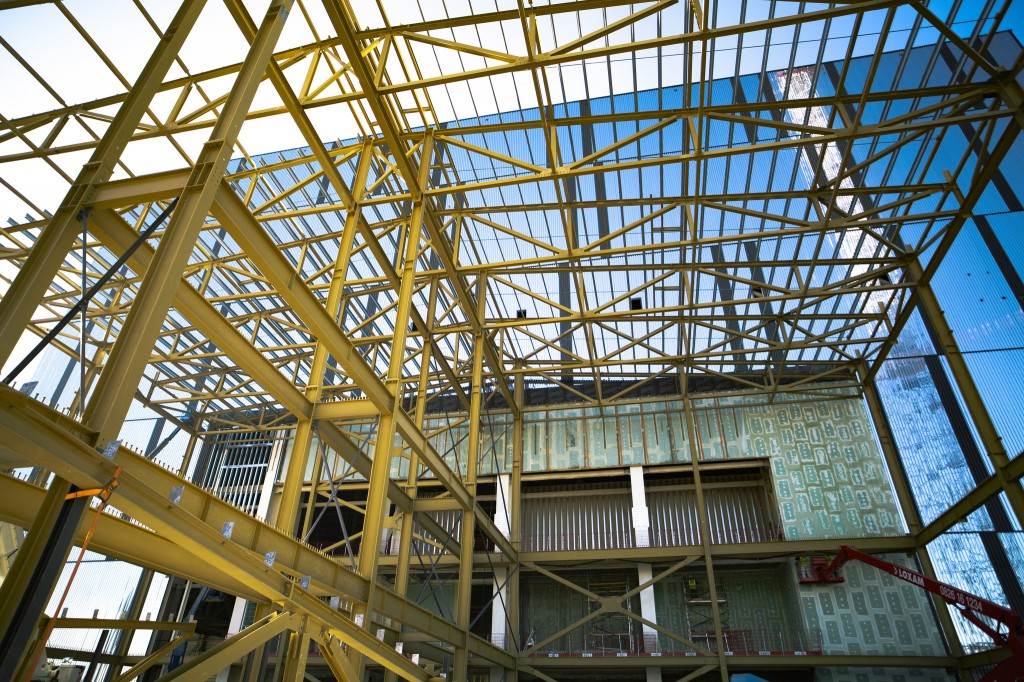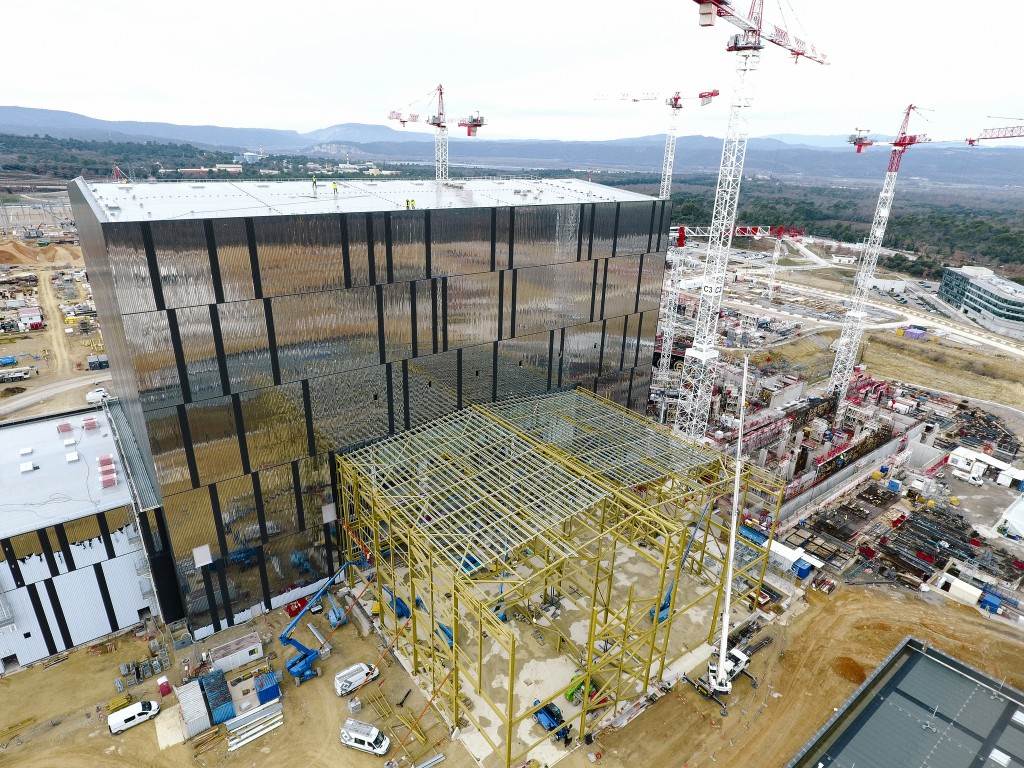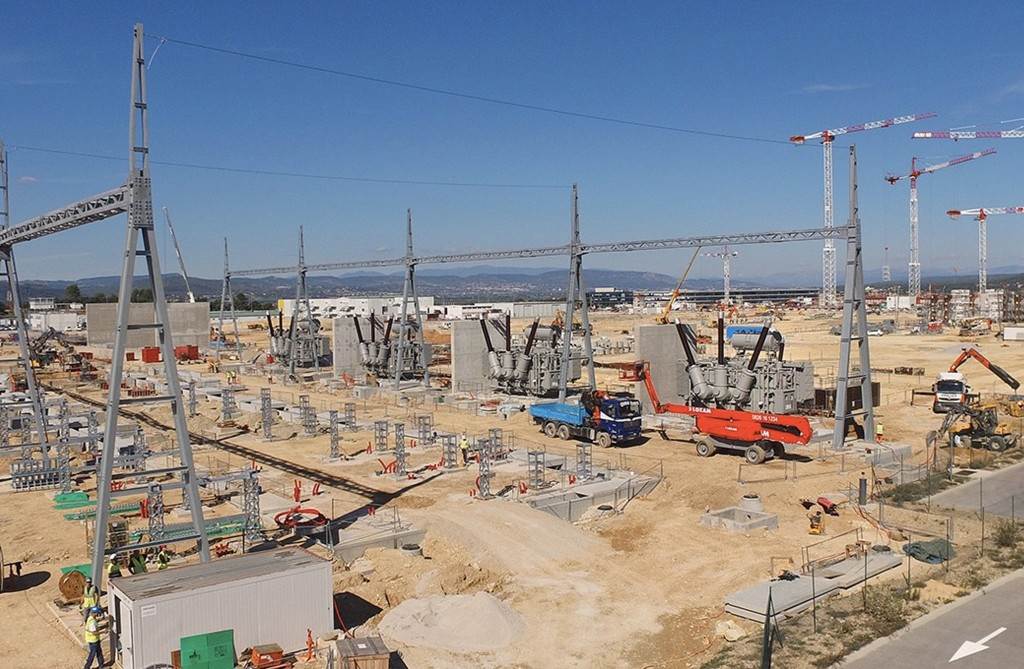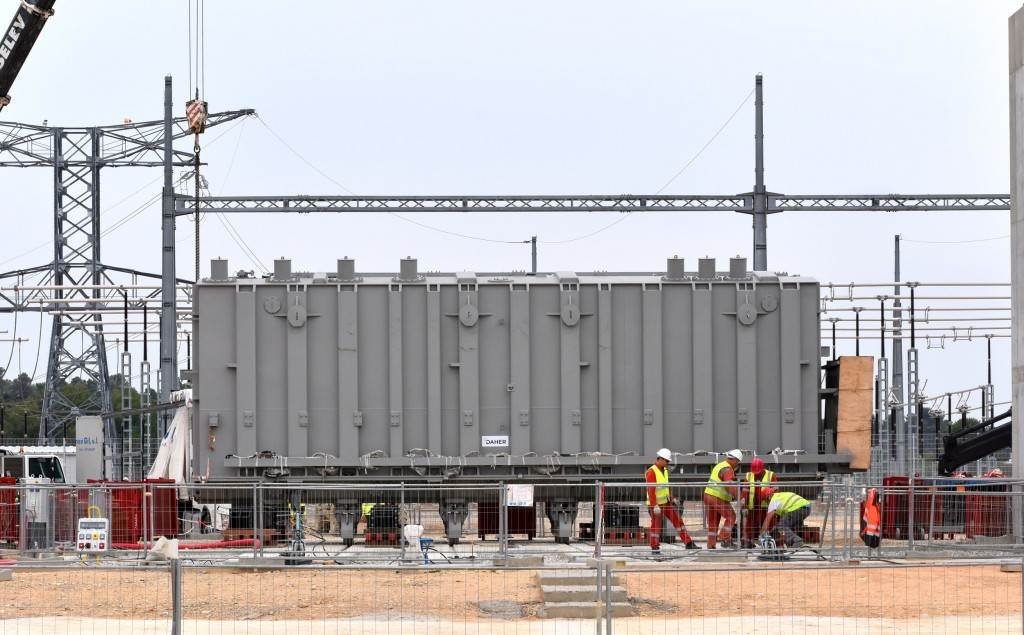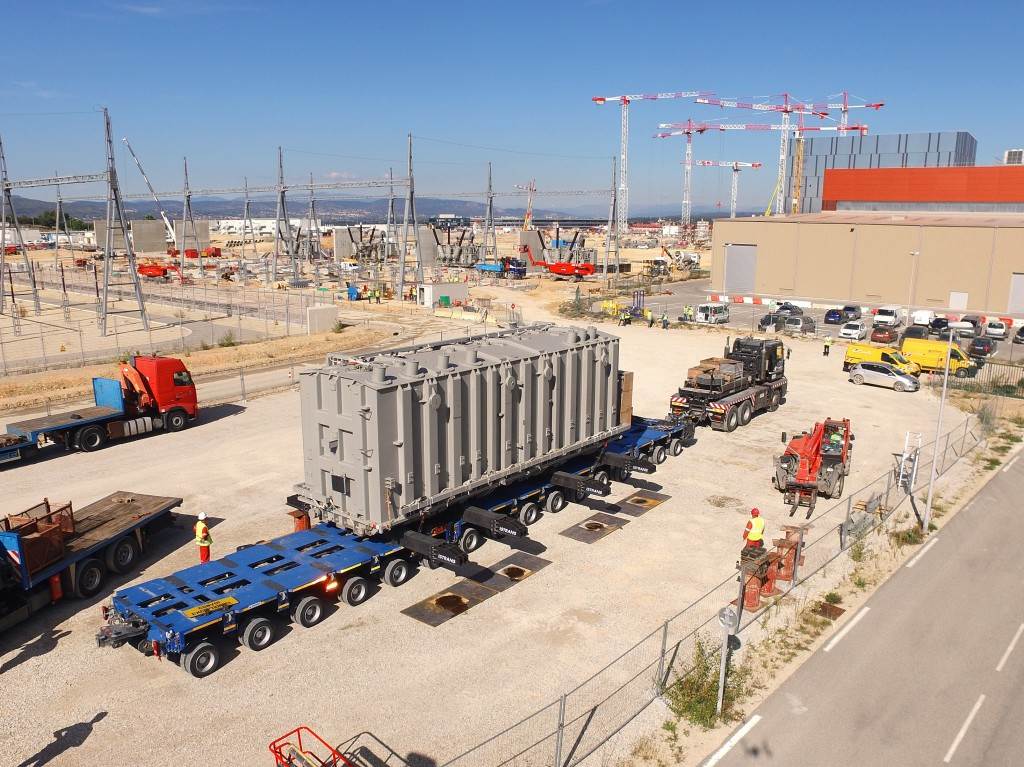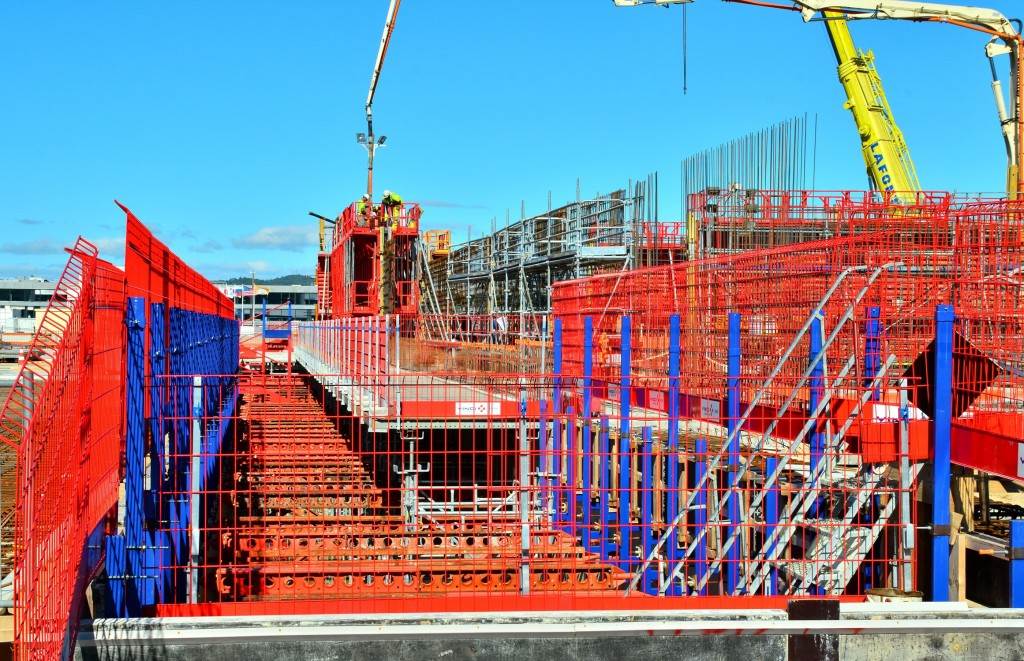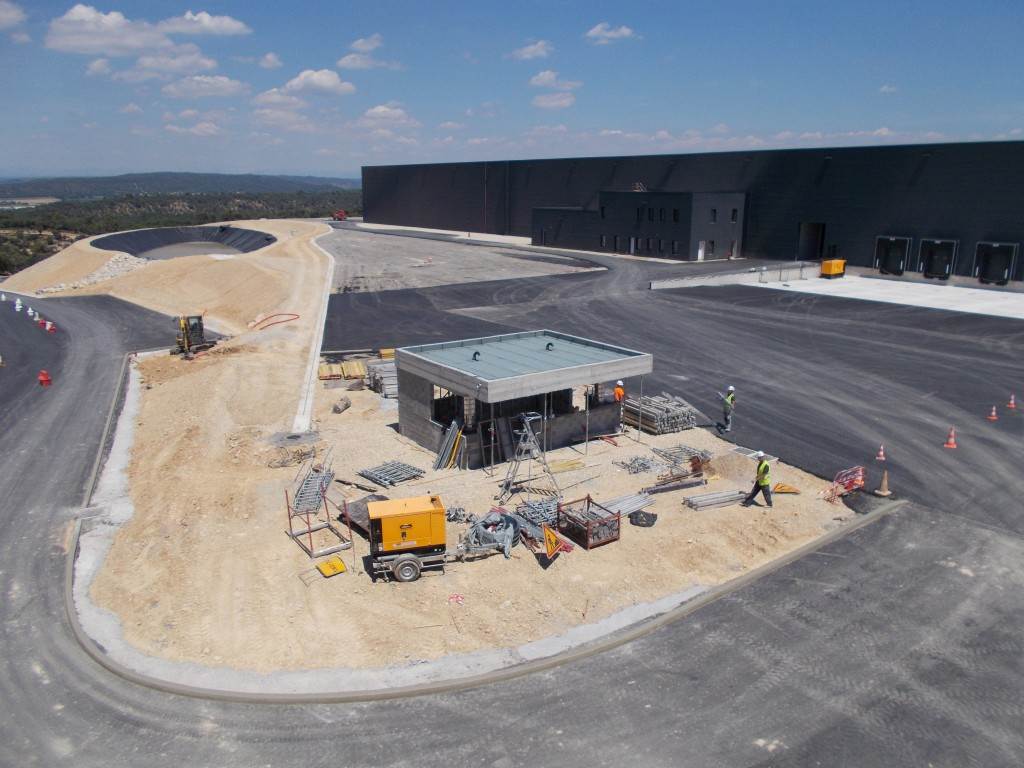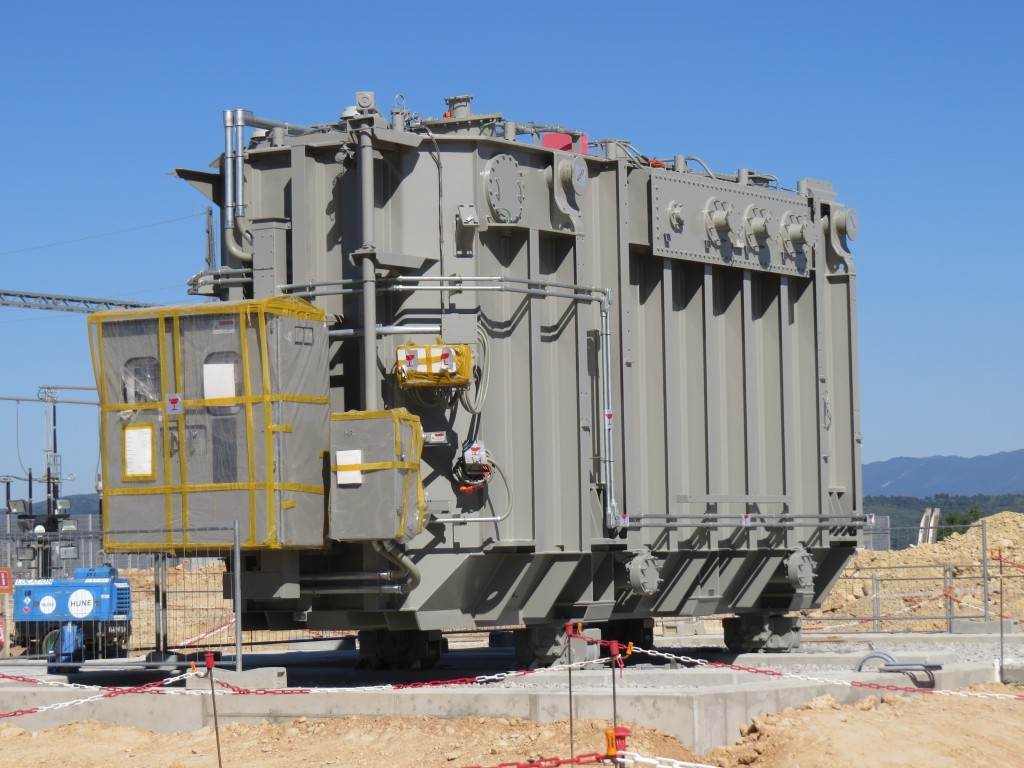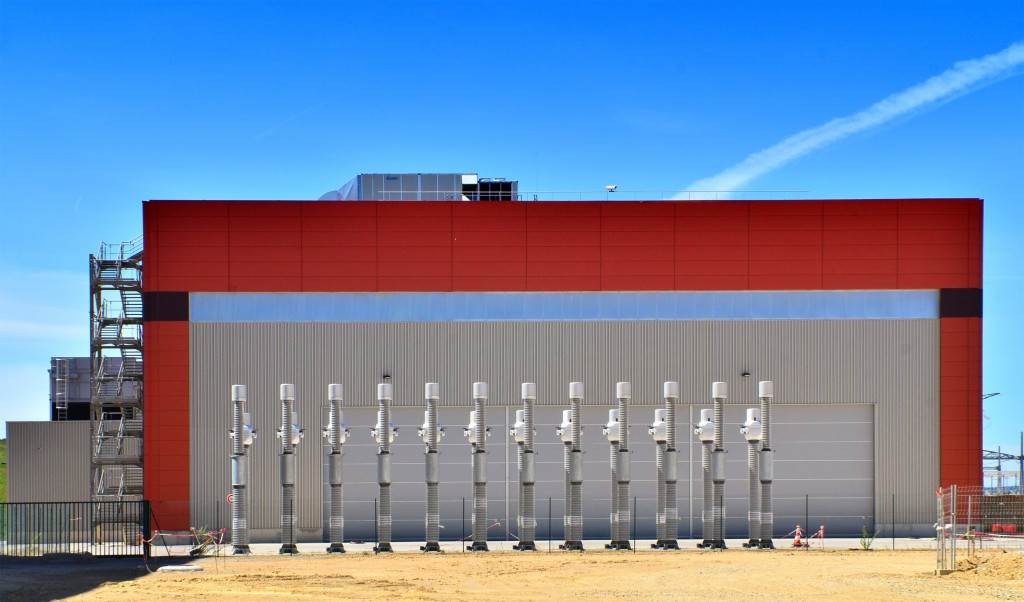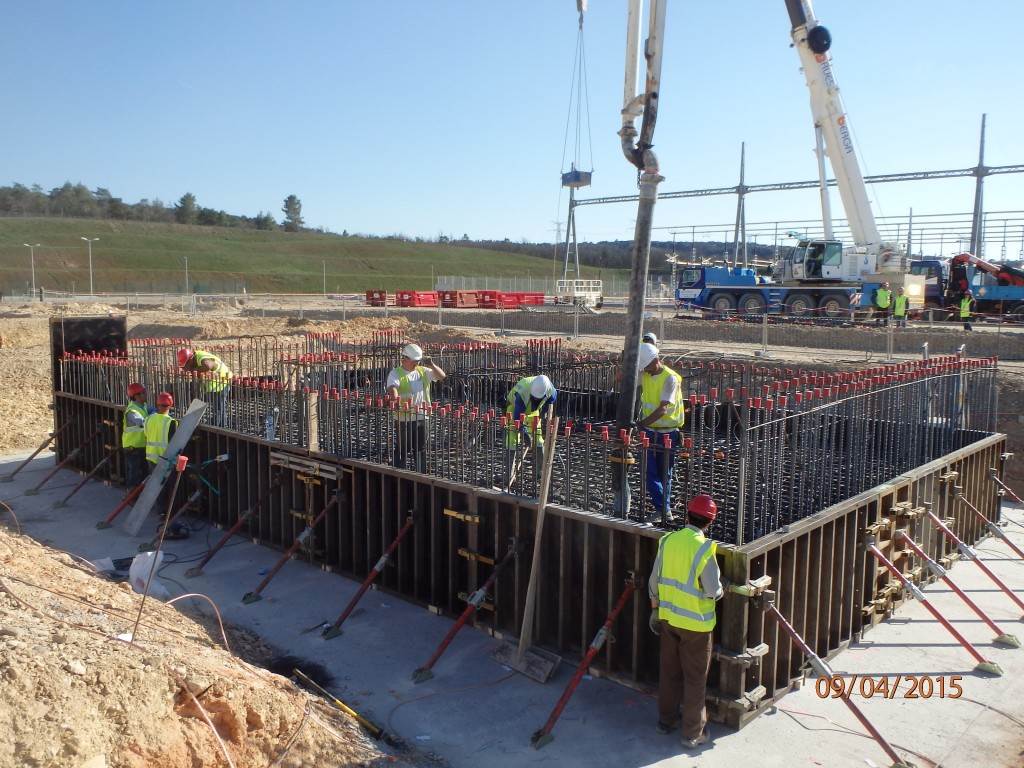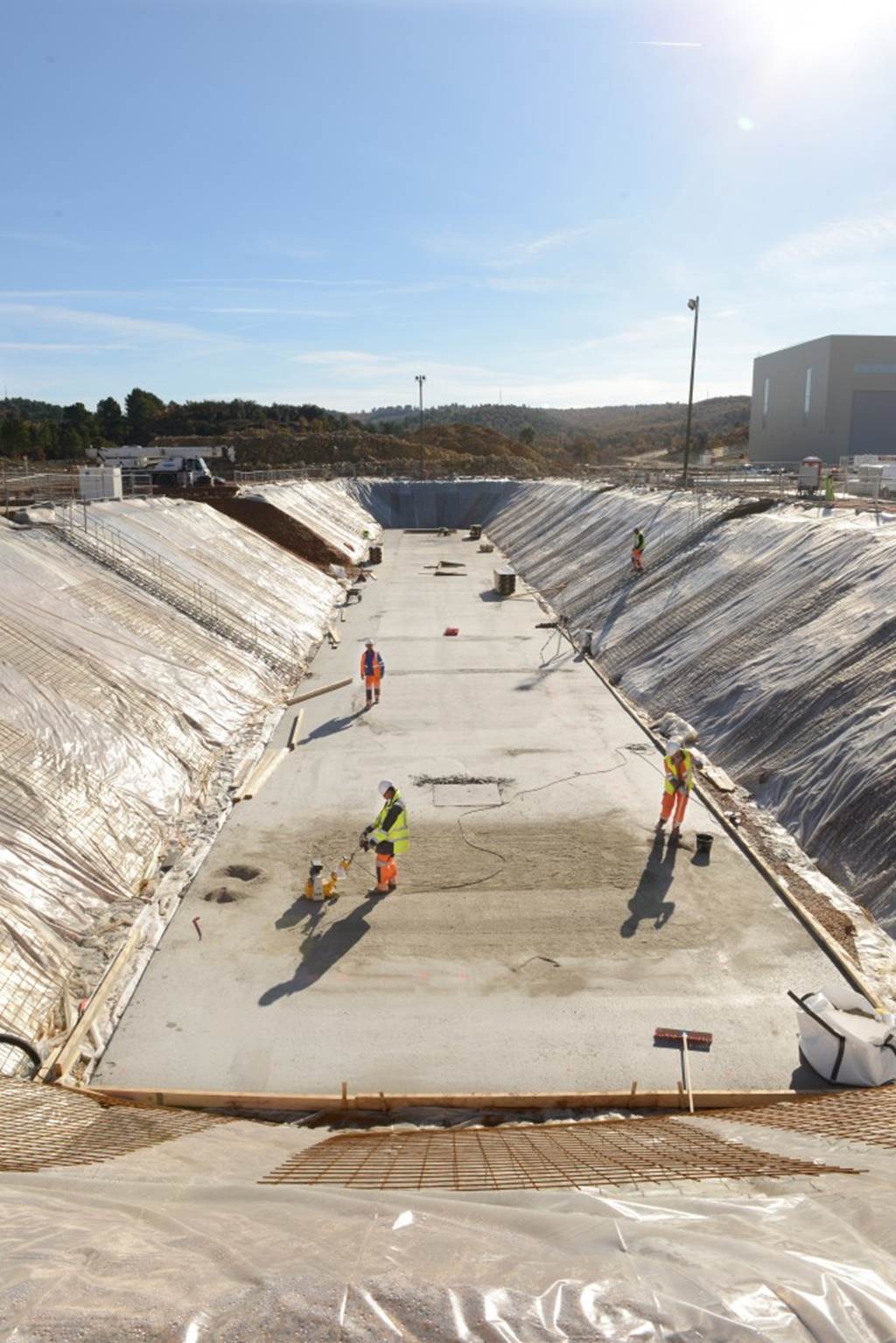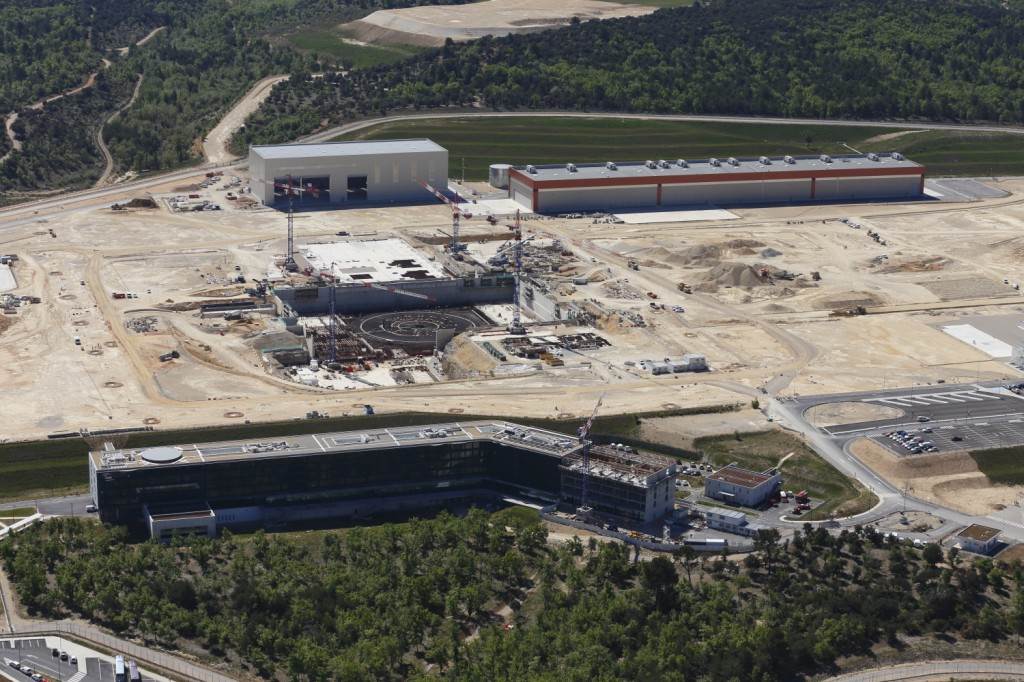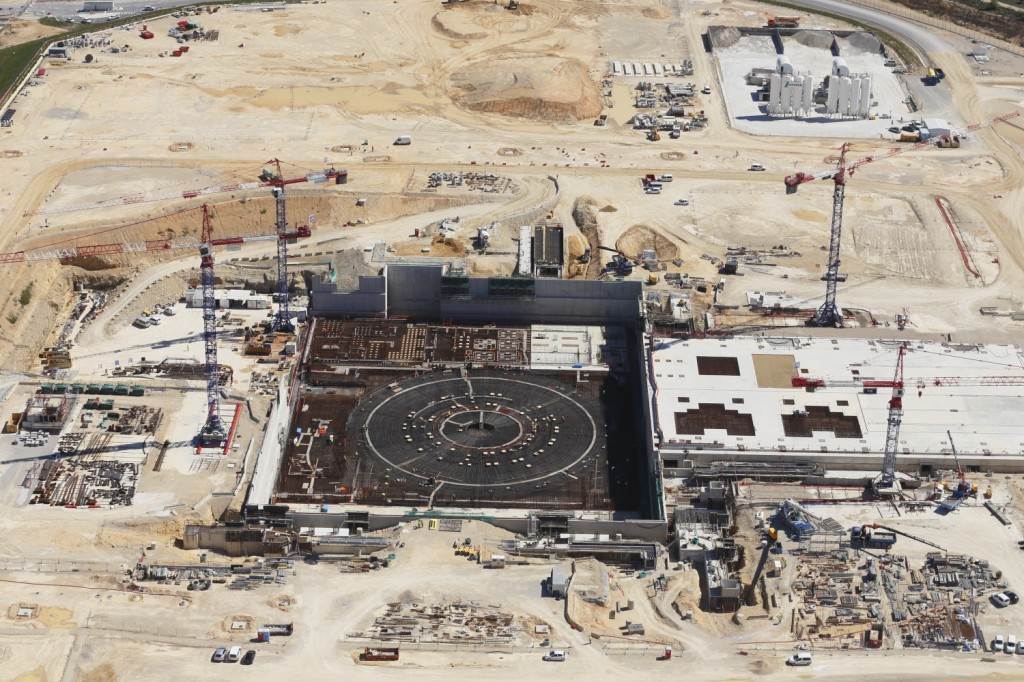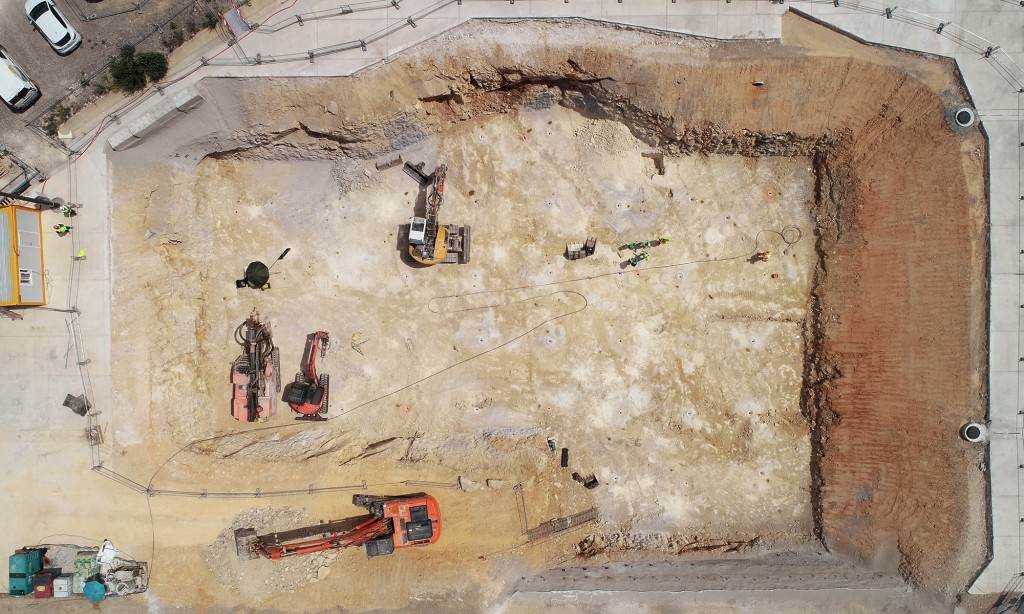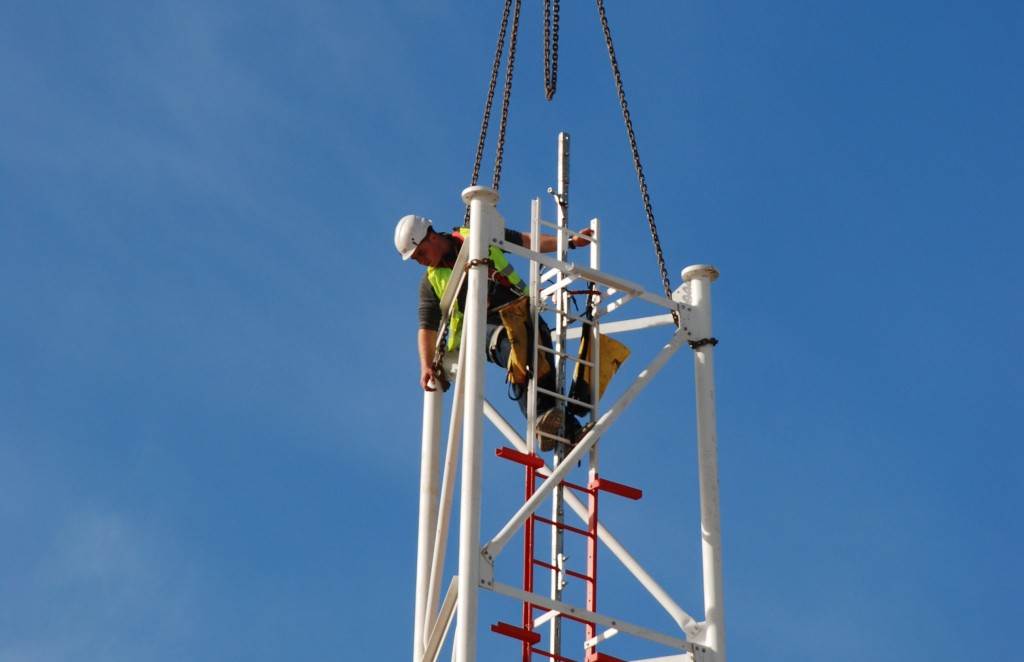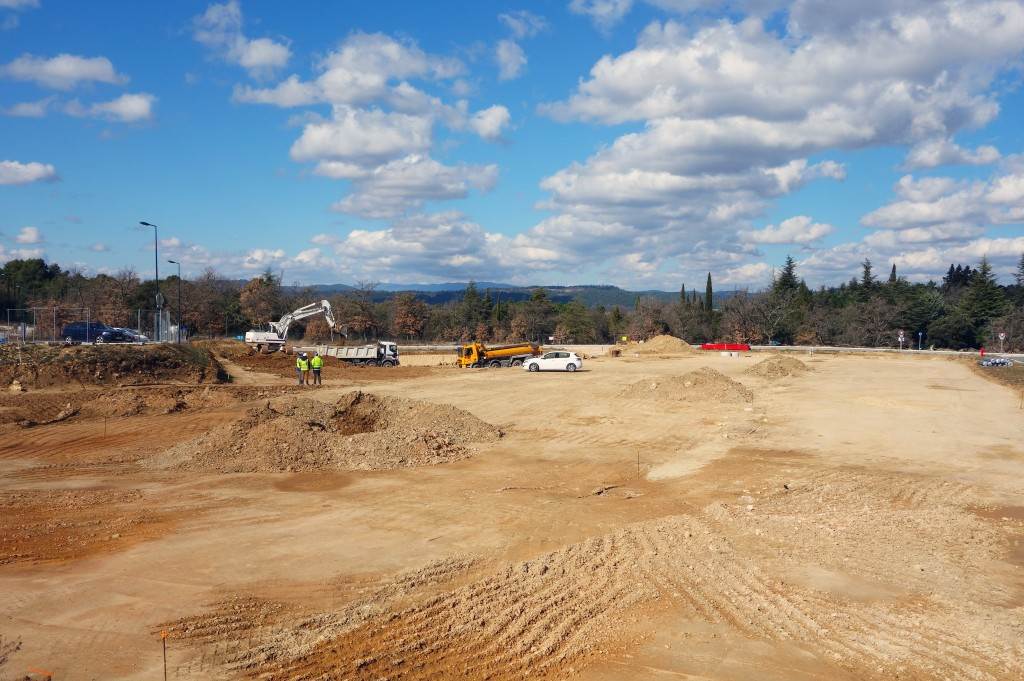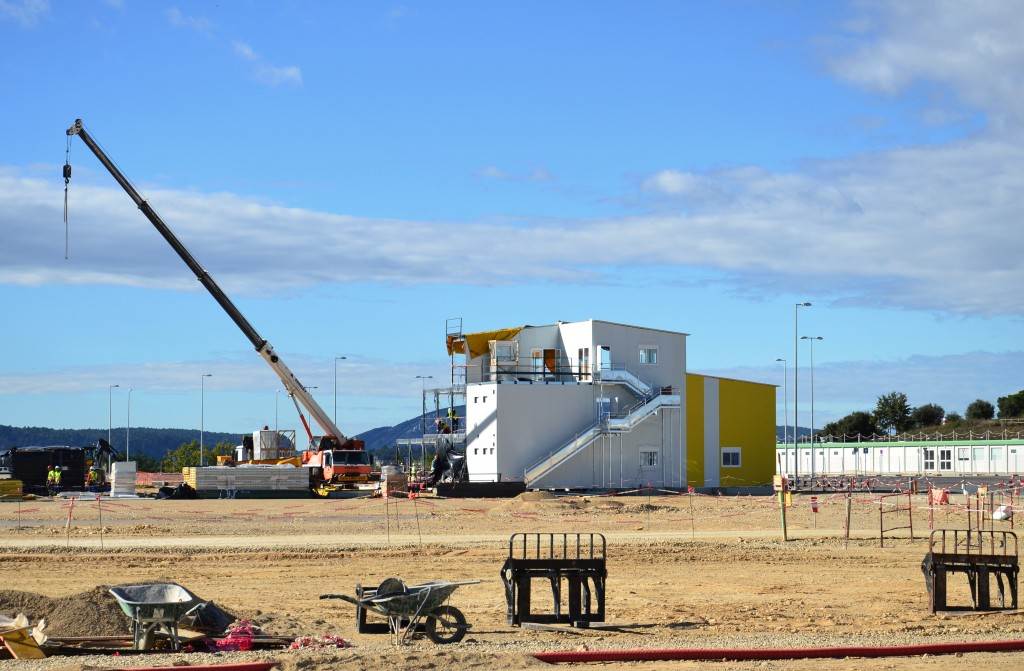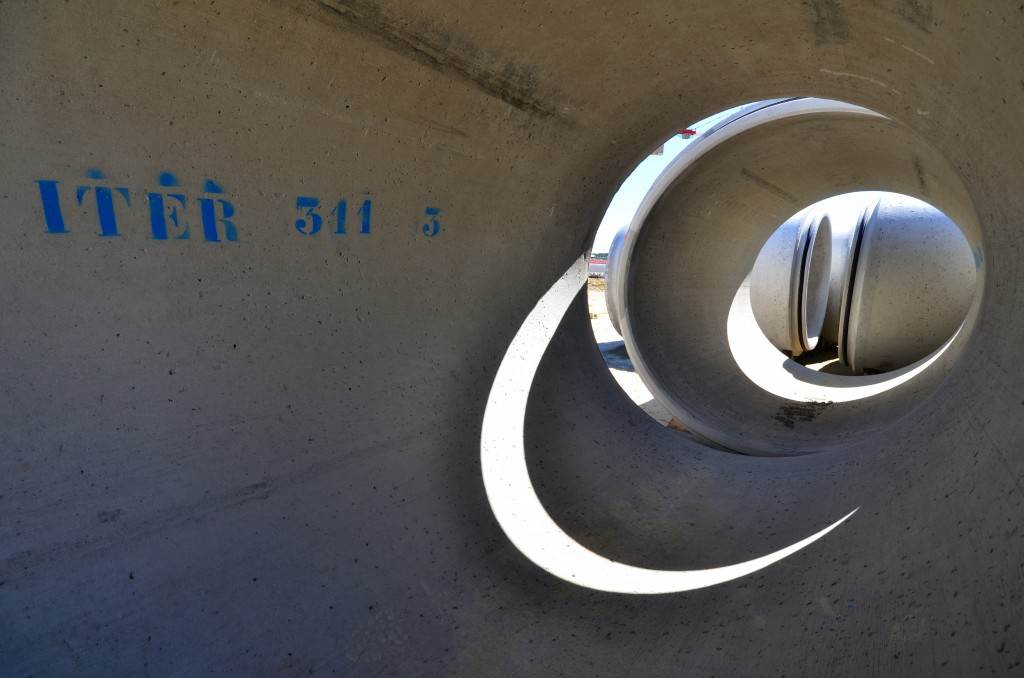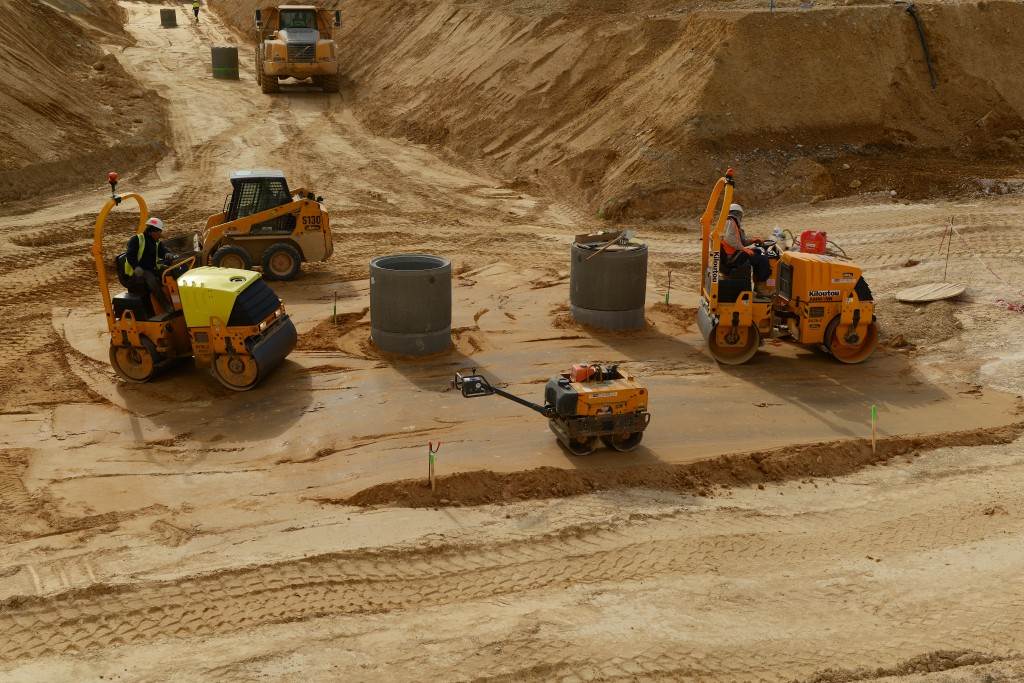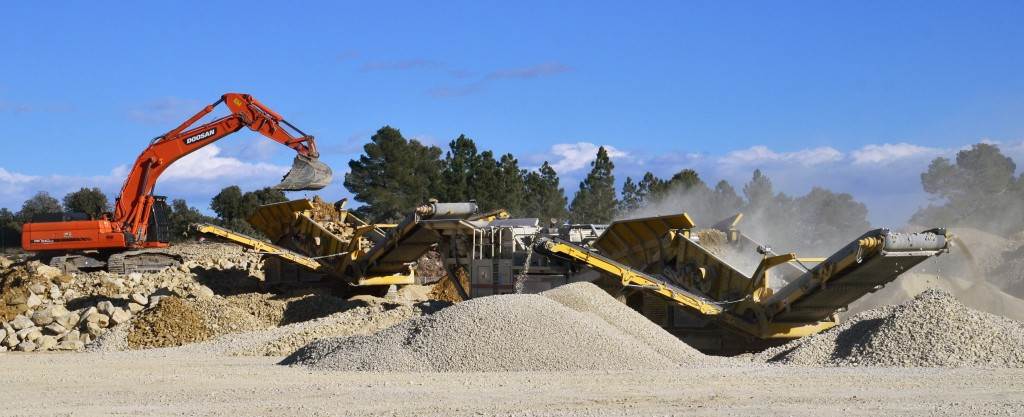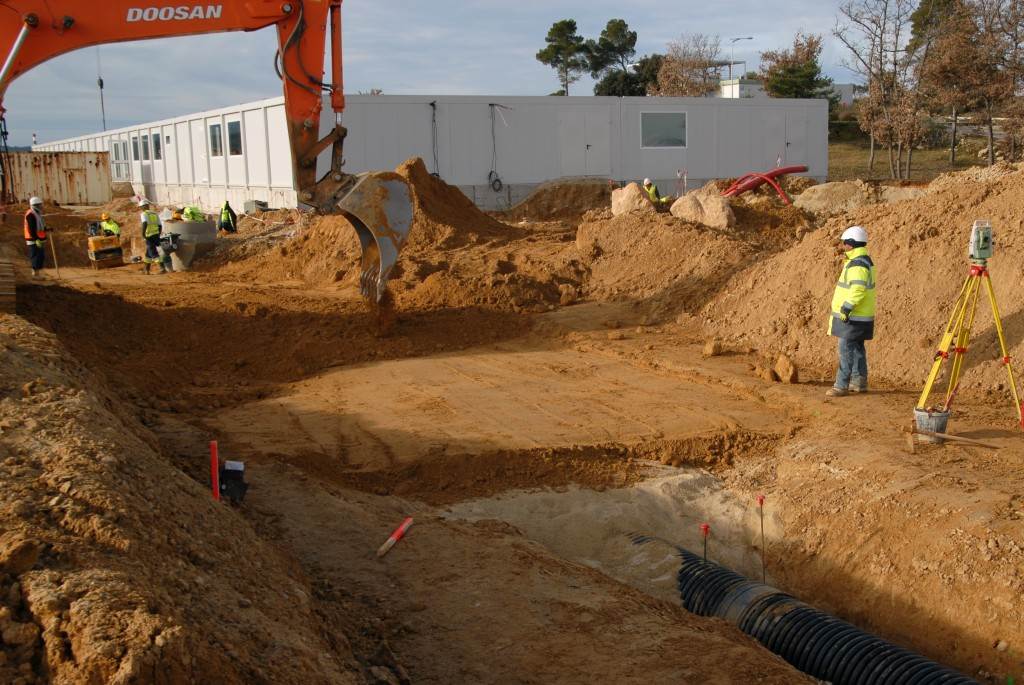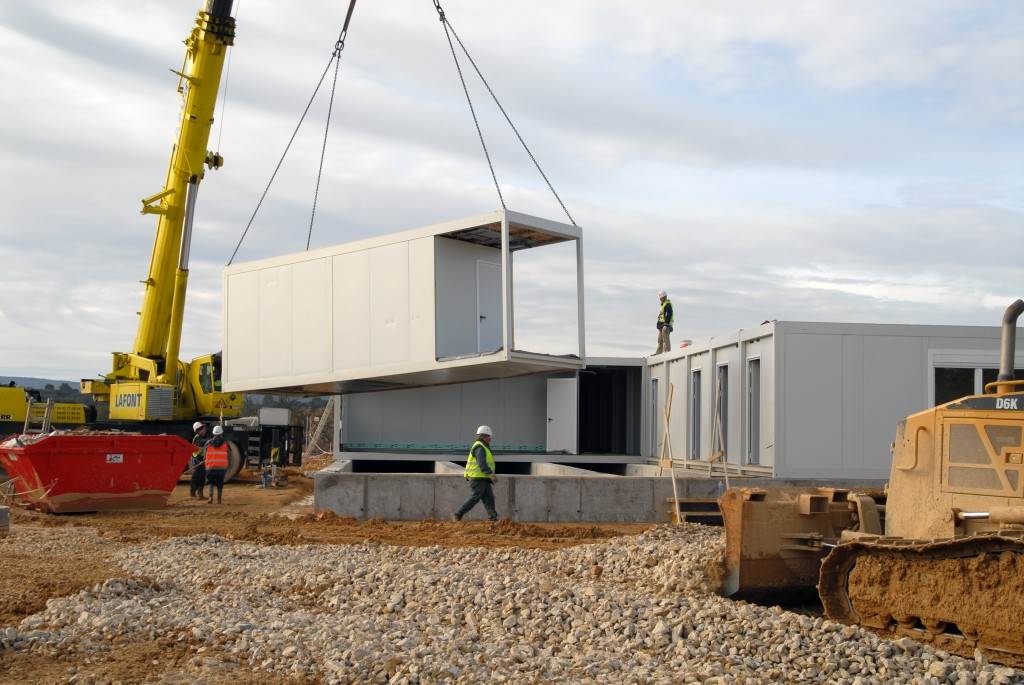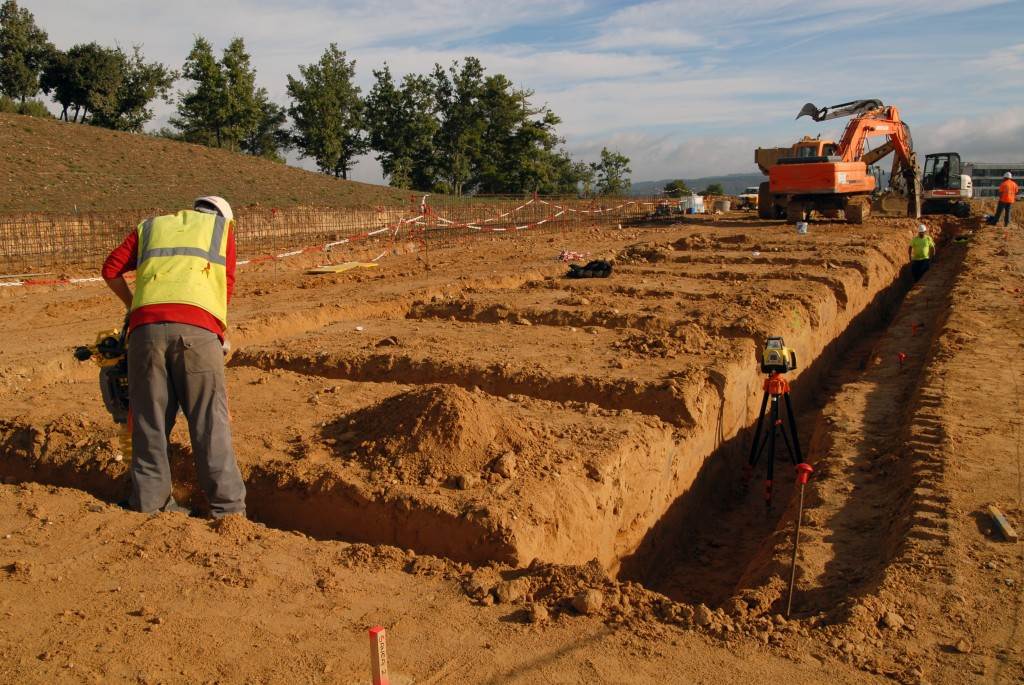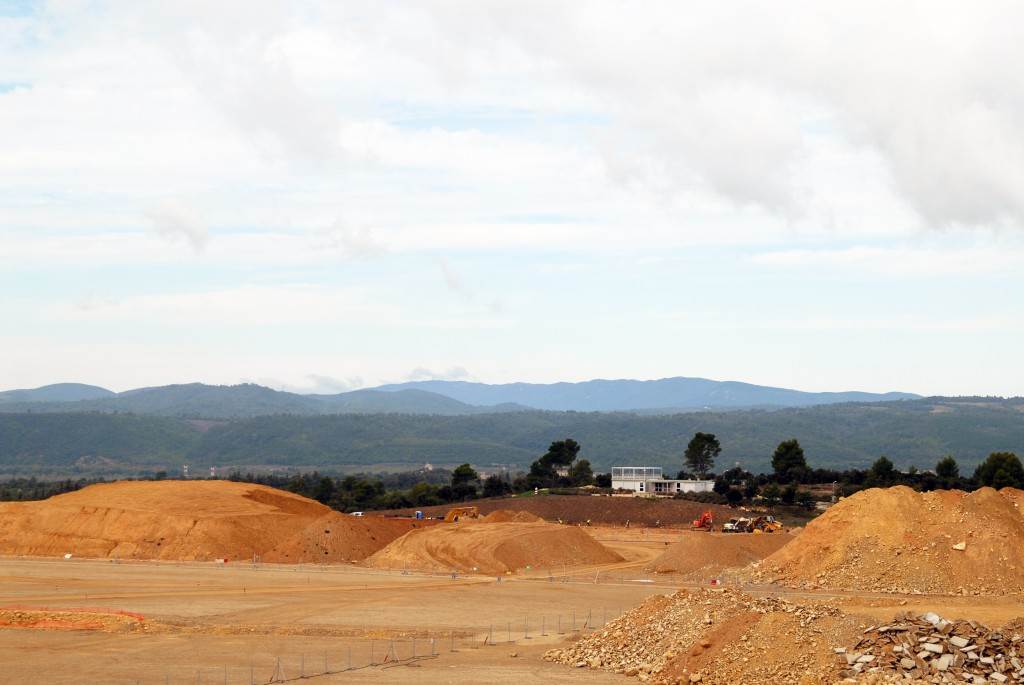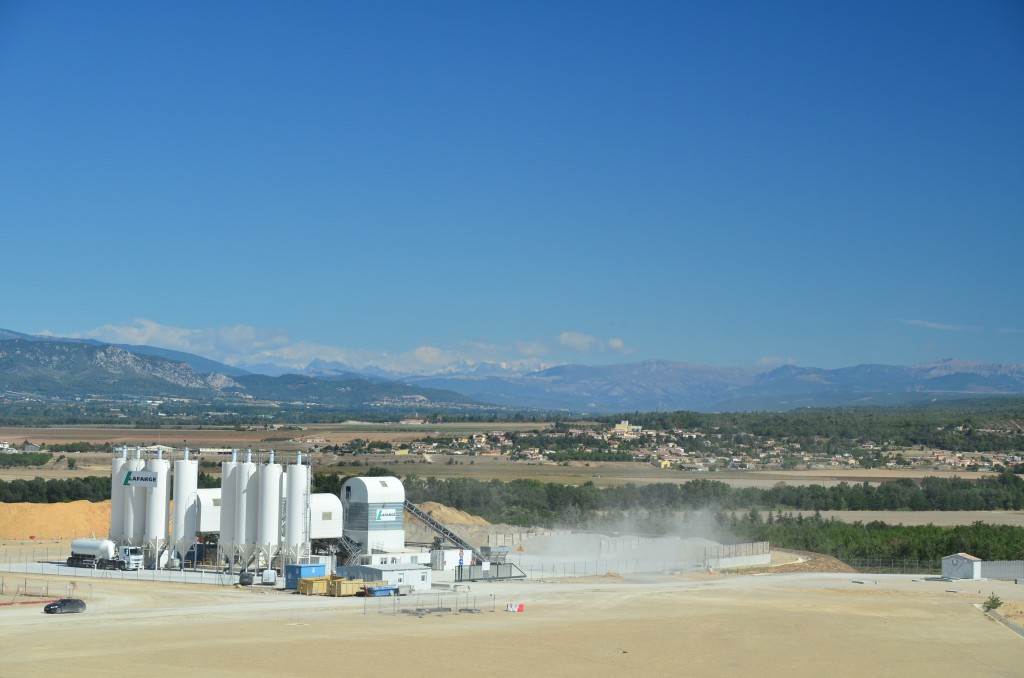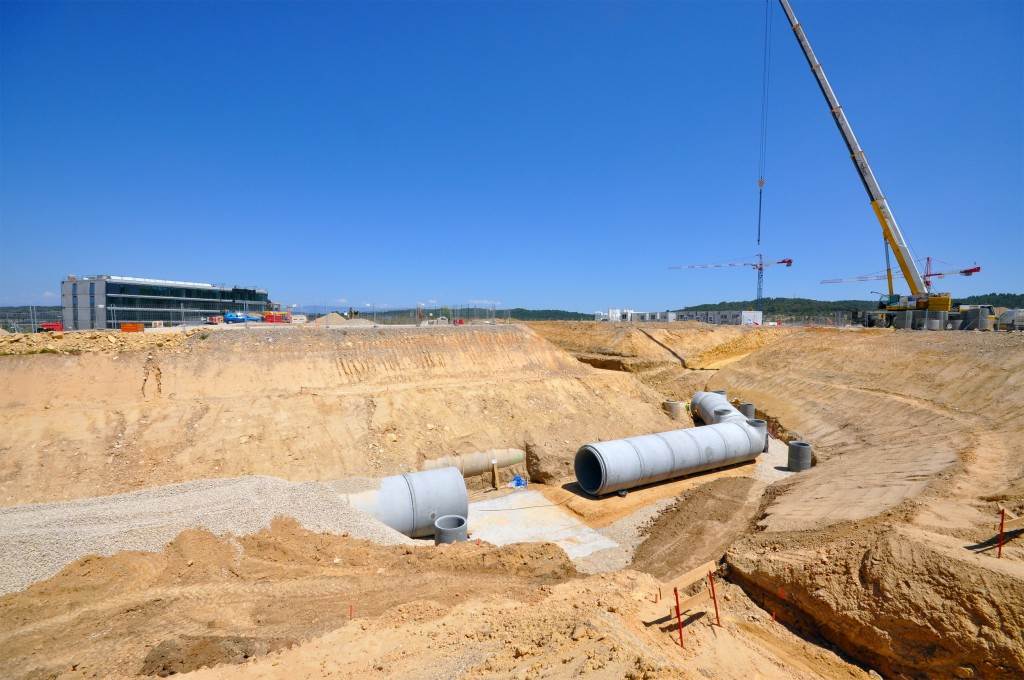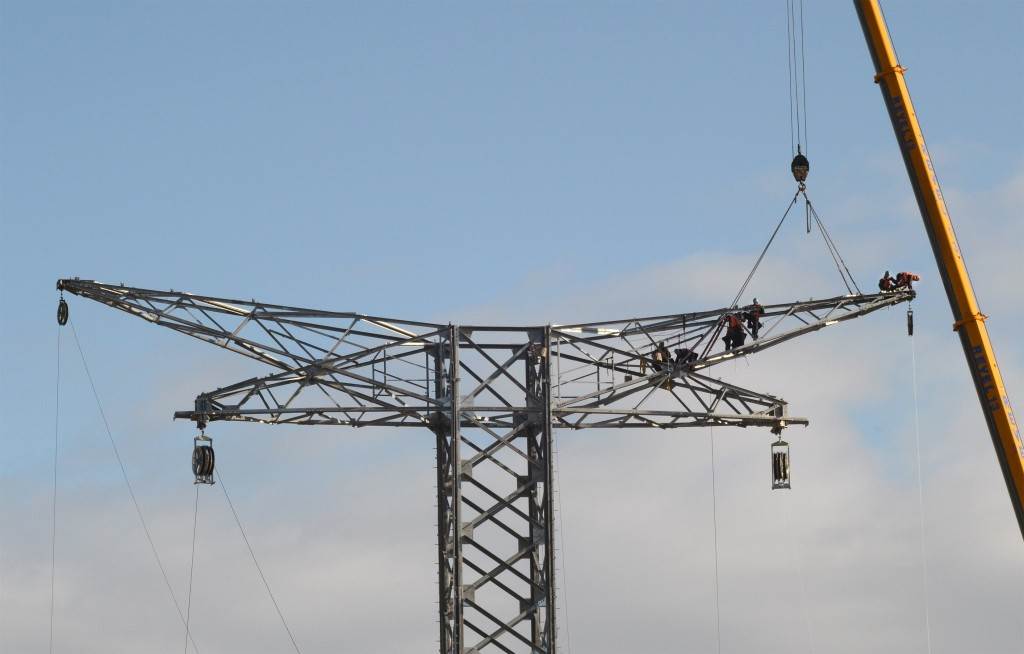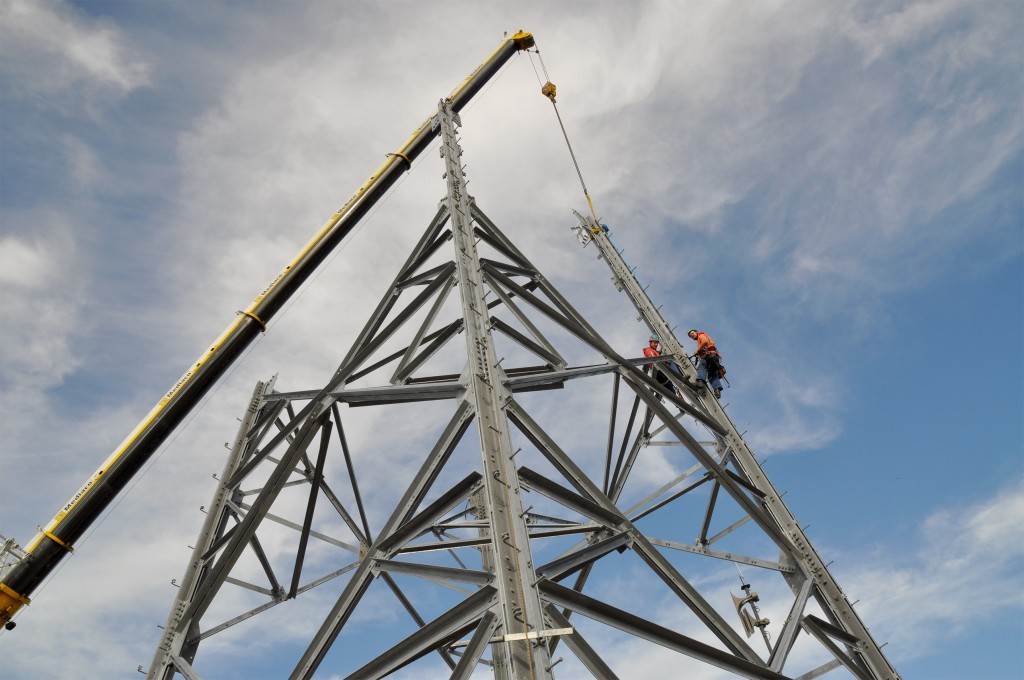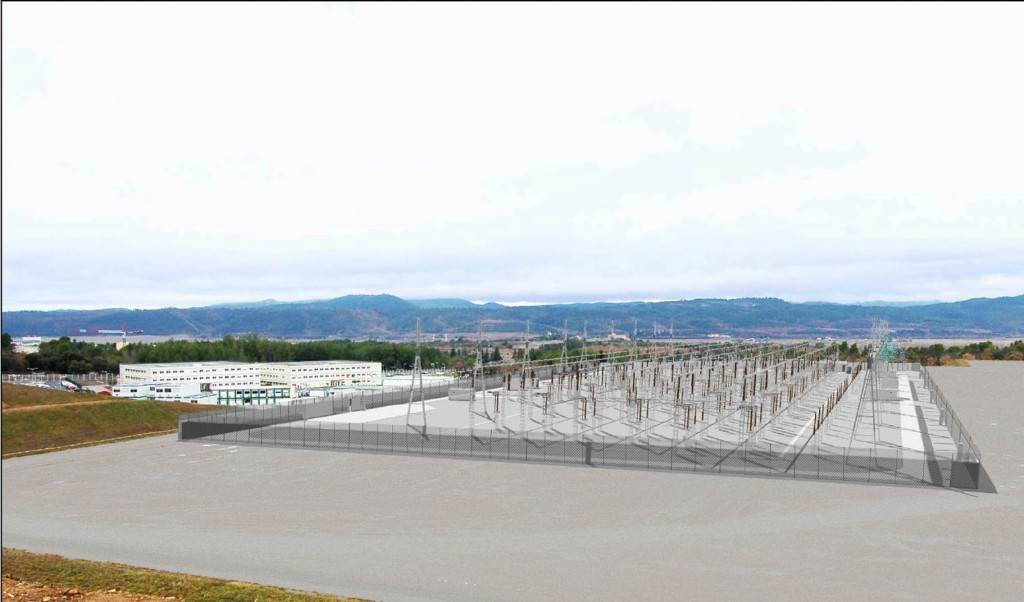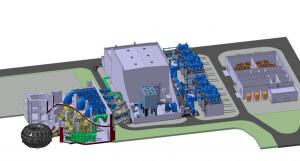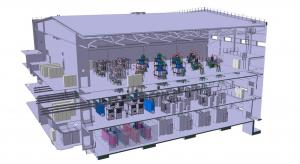The Project
- Building ITER
- Projects Underway
- Construction Archives
- Neutral Beam Test Facility
- Assembly Overview
- Tokamak Assembly
- Plant Assembly
- Commissioning
- Assembly Tooling
- Metrology
- Project Milestones
Site Infrastructure
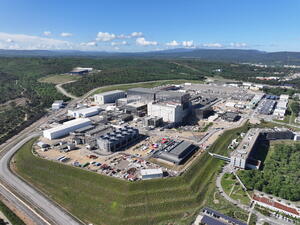
Less spectacular but just as important: all of the site adaptation works that have been carried out to support the operation of the ITER machine and systems as well as provide the required amenities for the site workforce. Photo: May 2025 (ITER Organization/EJF Riche)
Vast infrastructure works have been carried out on the ITER site to support the operation of the ITER machine and plant systems, and establish the required amenities for a site workforce of thousands.
Within the framework of a site adaptation contract signed by the European Domestic Agency, civil engineering works have been carried out to deliver a fully integrated drainage system (process discharges, precipitation drainage and runoff water); install lighting; create network service trenches; and create the roads and parking areas for access to (and around) the ITER site.
As part of its commitment to ITER, France installed and financed the ITER switchyard and 400 kV power-line extension. The switchyard, which was "powered on" in June 2012, remains under the responsibility of France's electricity carrier RTE (Réseau de Transport d'Électricité); ITER's jurisdiction begins just outside the switchyard fence, where seven transformers and several circuit breakers will be installed to "bring down" the voltage to 66 and 22 kV for distribution to the various plant systems of the ITER installation.
In the southwest corner of the ITER platform, a contractor area is host to the construction companies or consortiums that have been awarded work contracts by the European Domestic Agency. In this 3,500-square-metre zone, individual lots have been allocated to the companies for offices, workshops, equipment storage and comfort facilities. Also in this area: a worksite canteen, an onsite infirmary, and offices for the Architect/Engineer ENGAGE and the health and safety protection firm Apave (see more on these contracts here).
The first completed components were delivered to the site in 2014; the rhythm of deliveries has only accelerated since. To safely store the components until they are needed for assembly, a number of storage facilities have been installed in different areas of the site, including a 9,000 m² warehouse and logistics centre behind the platform for the storage of medium-sized components.
Photo Gallery
